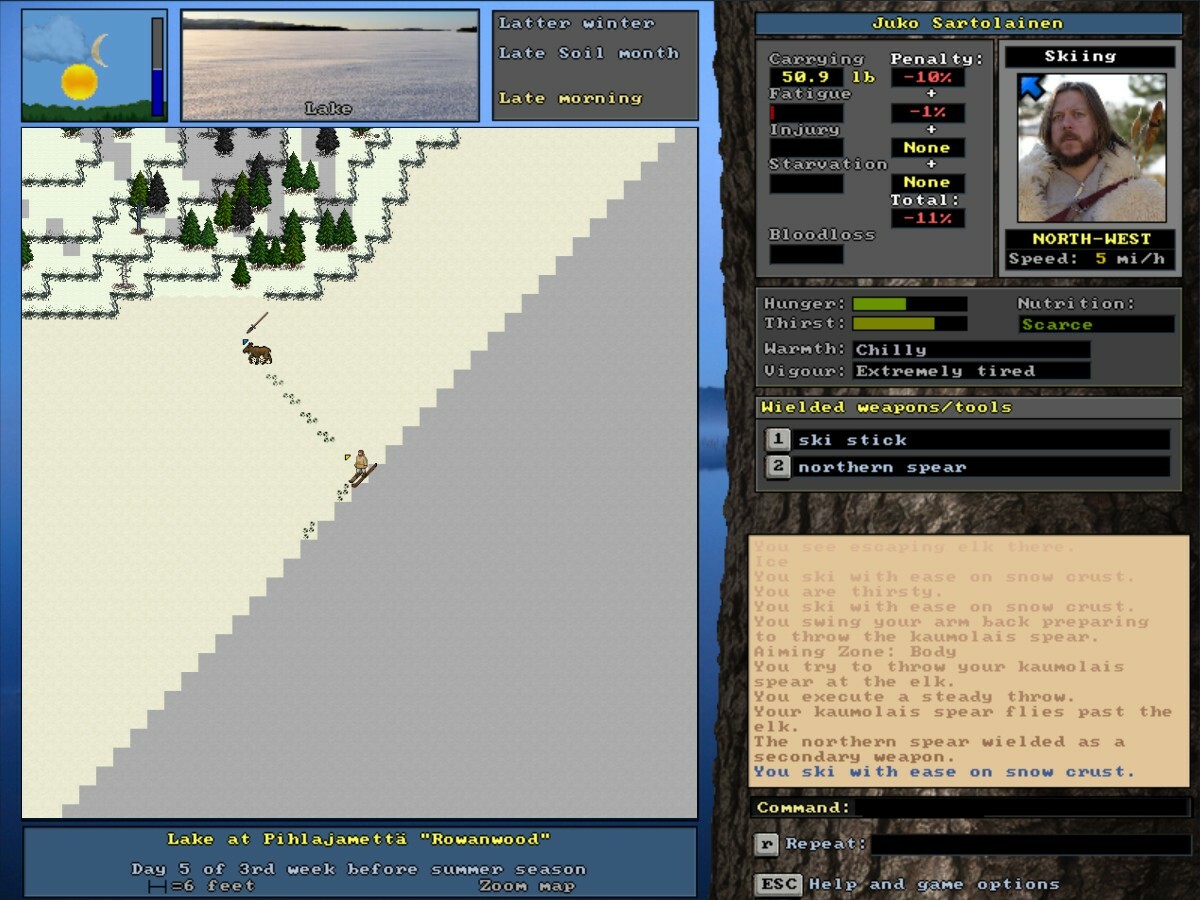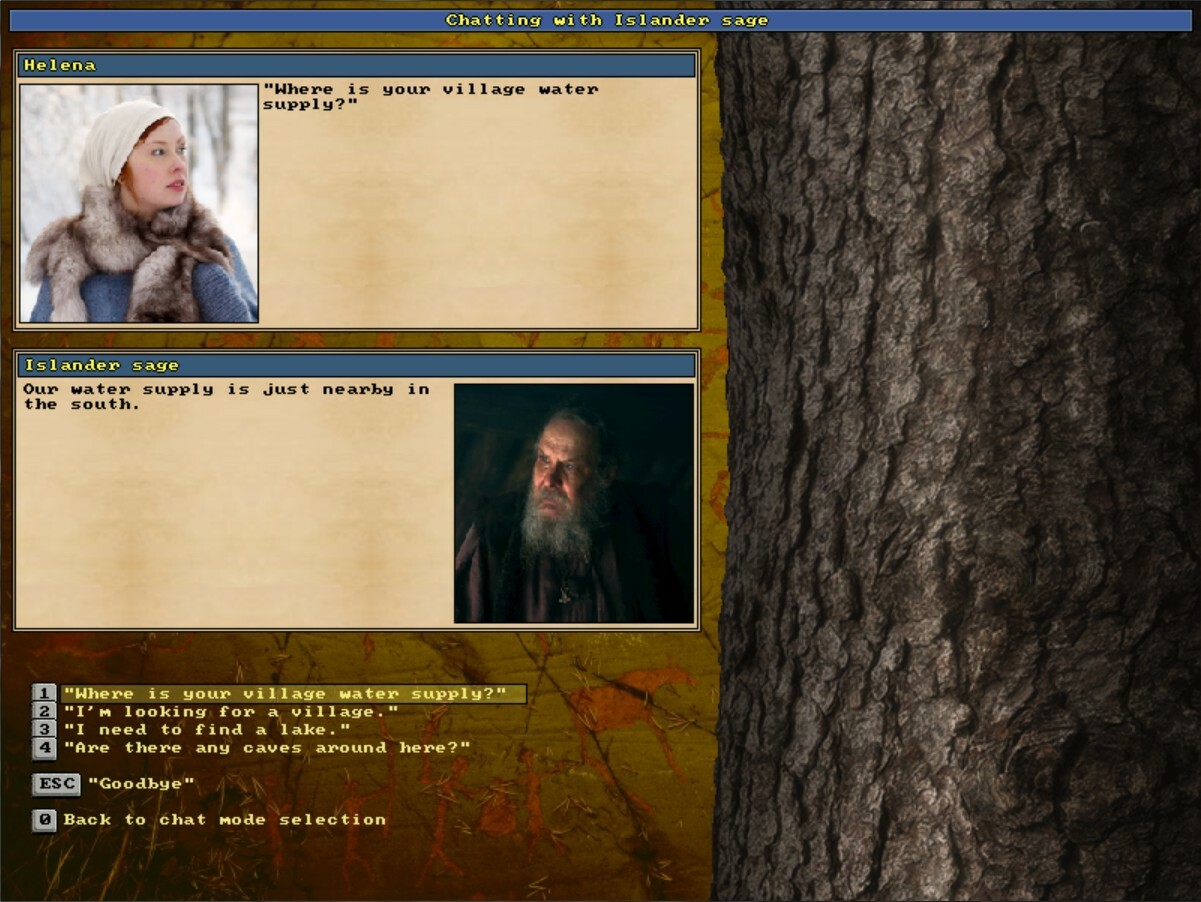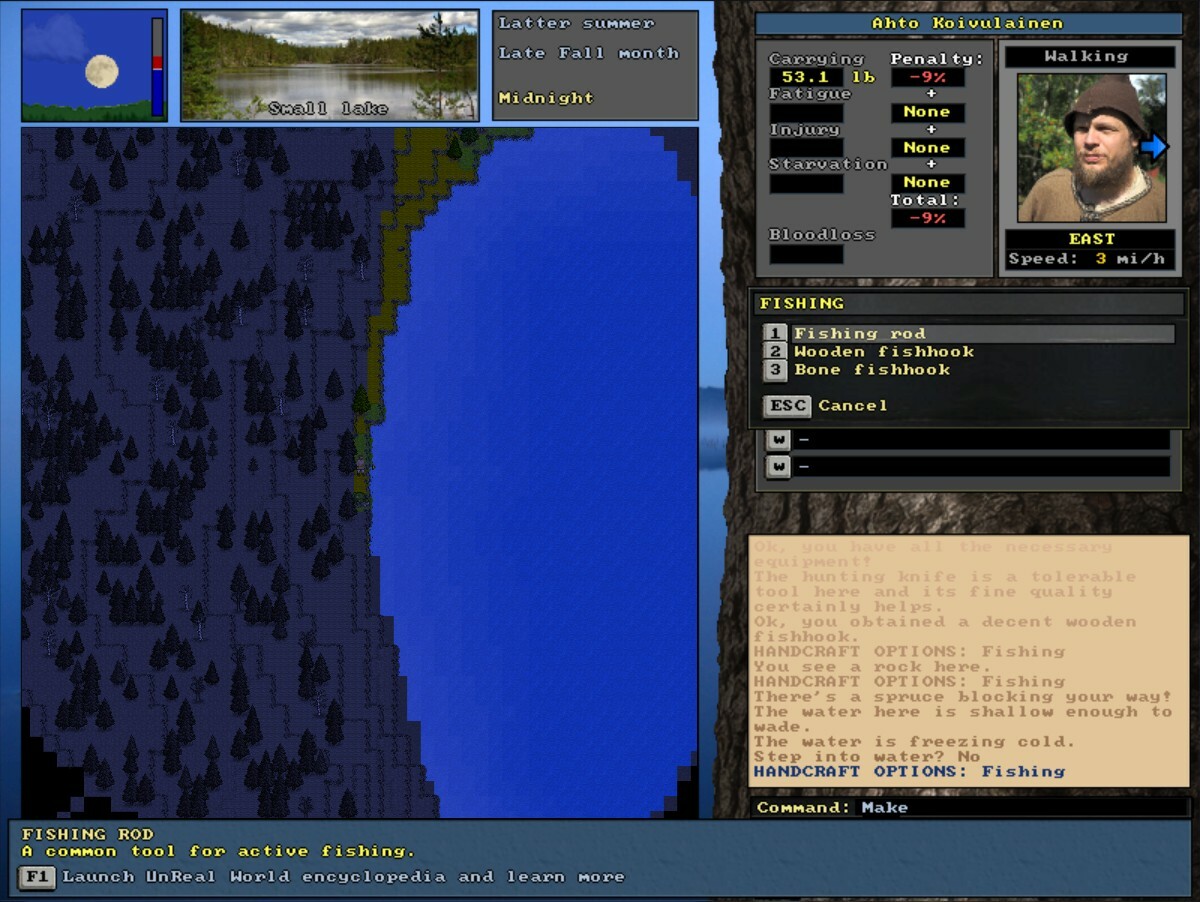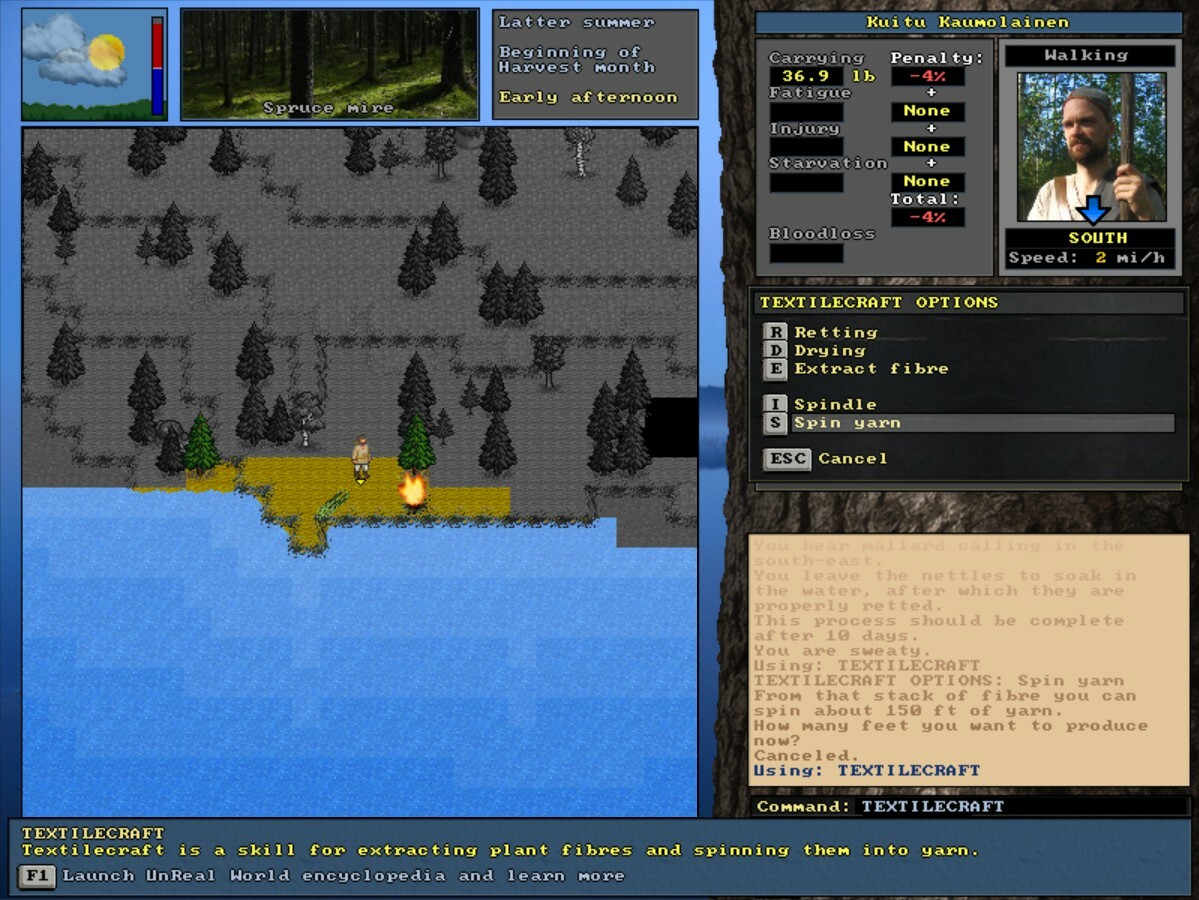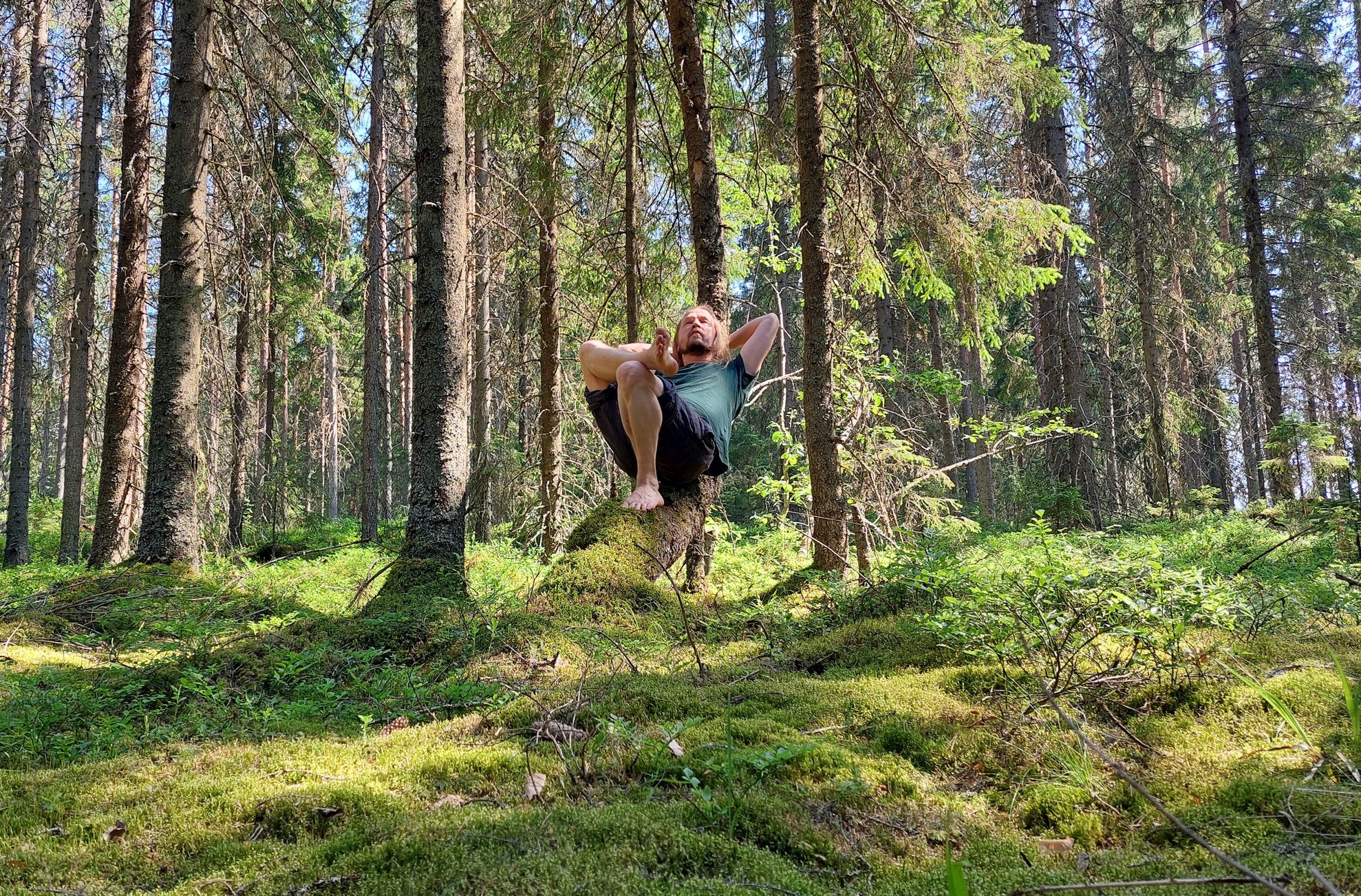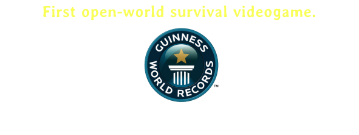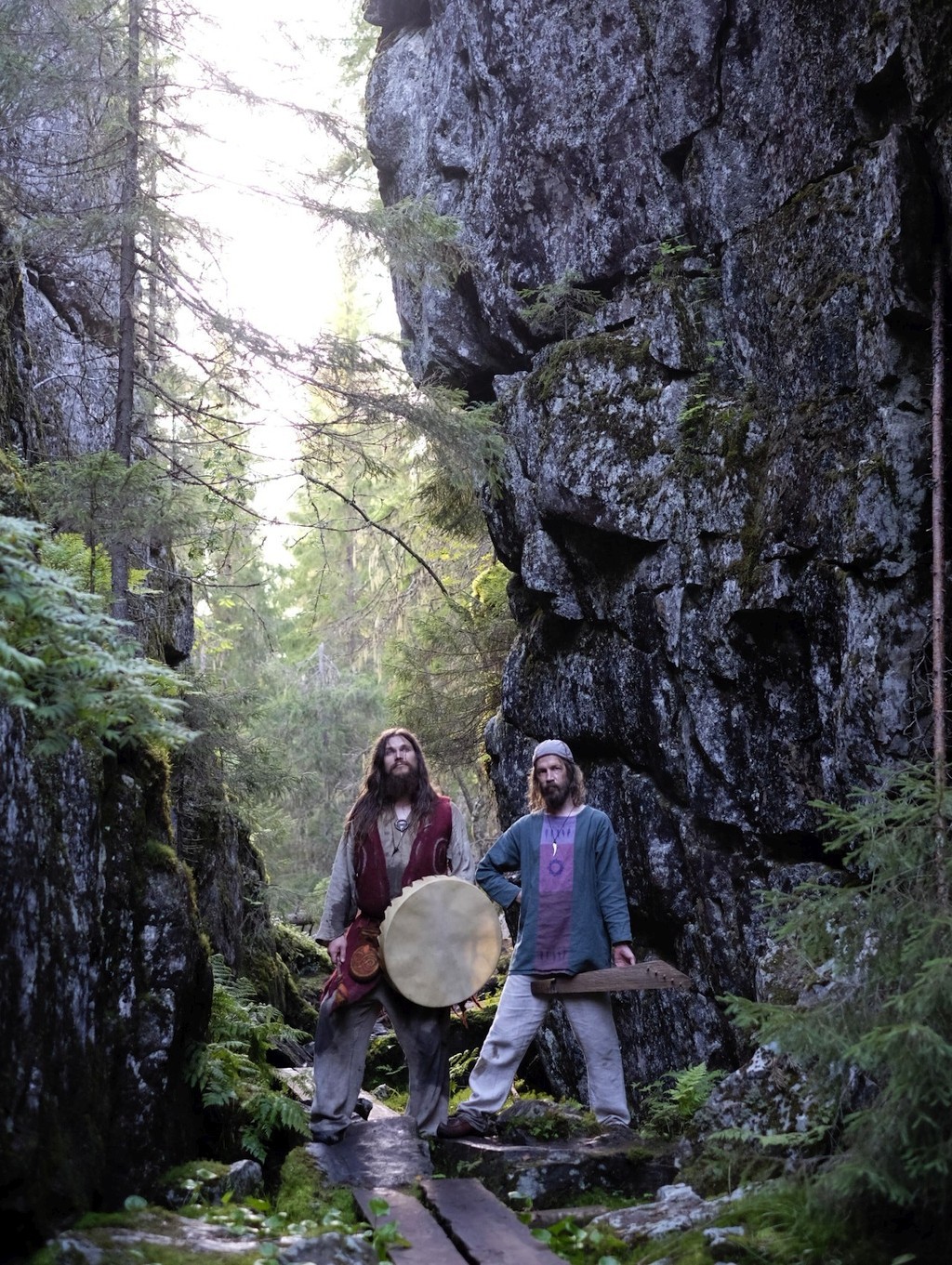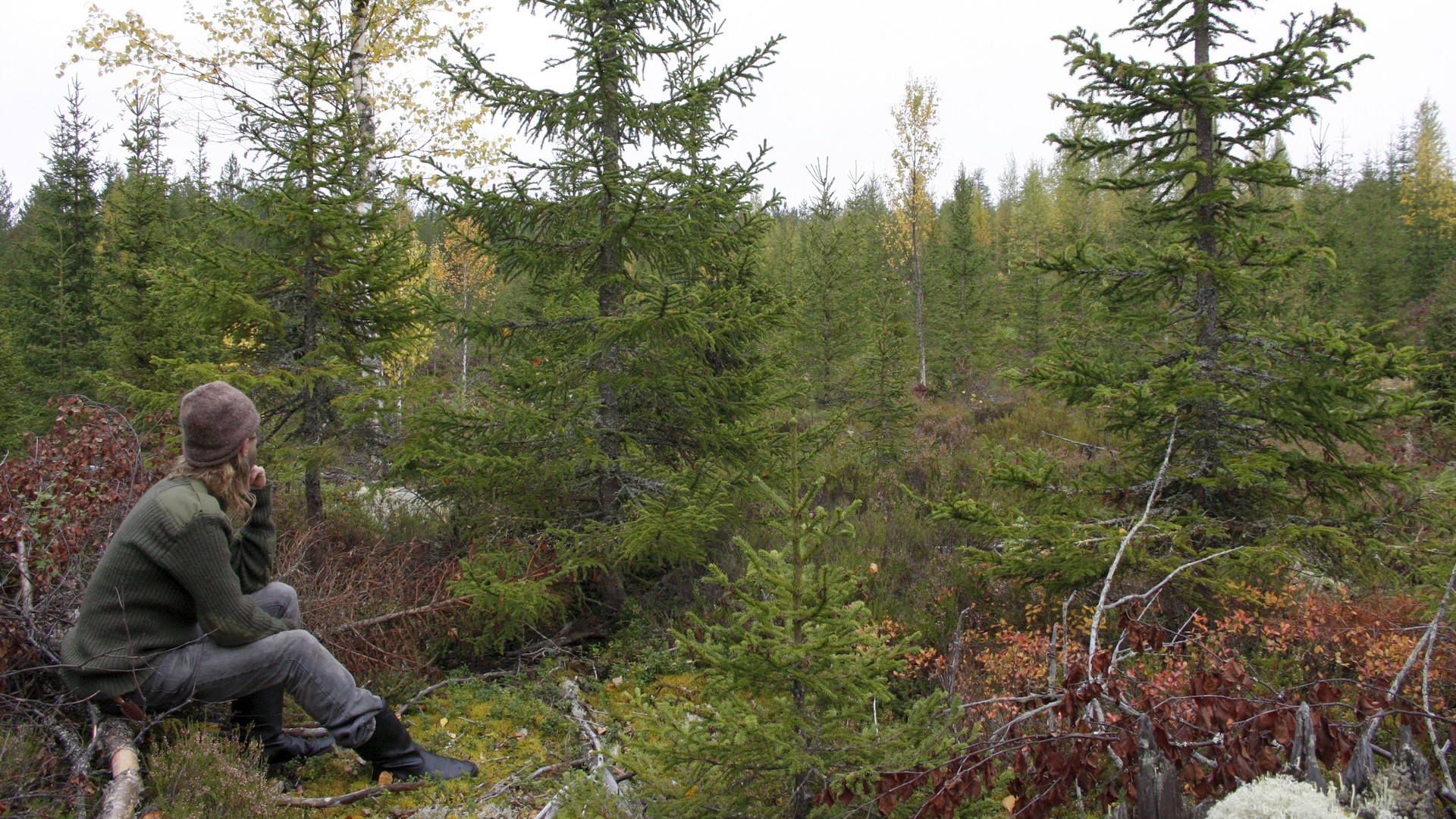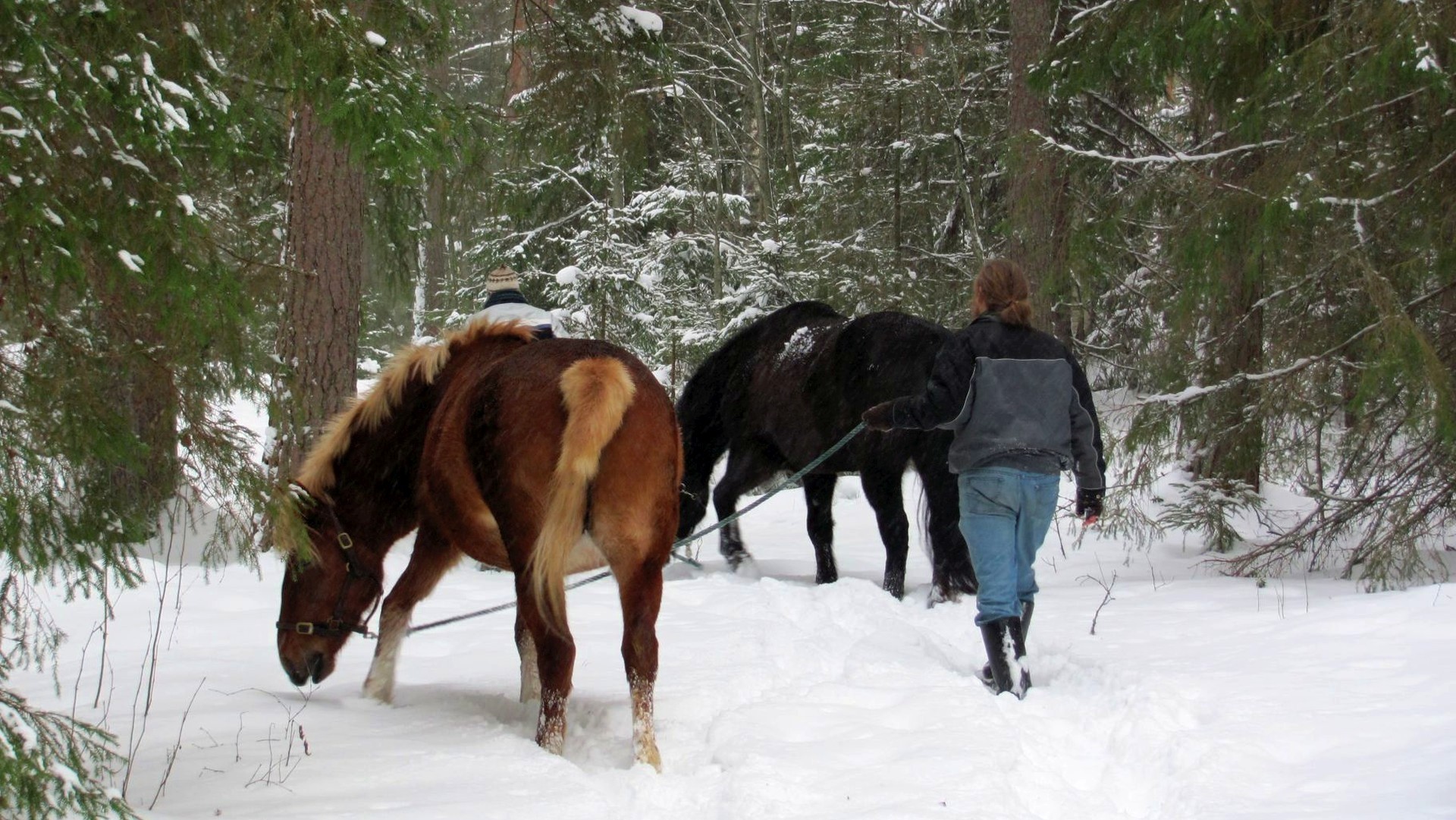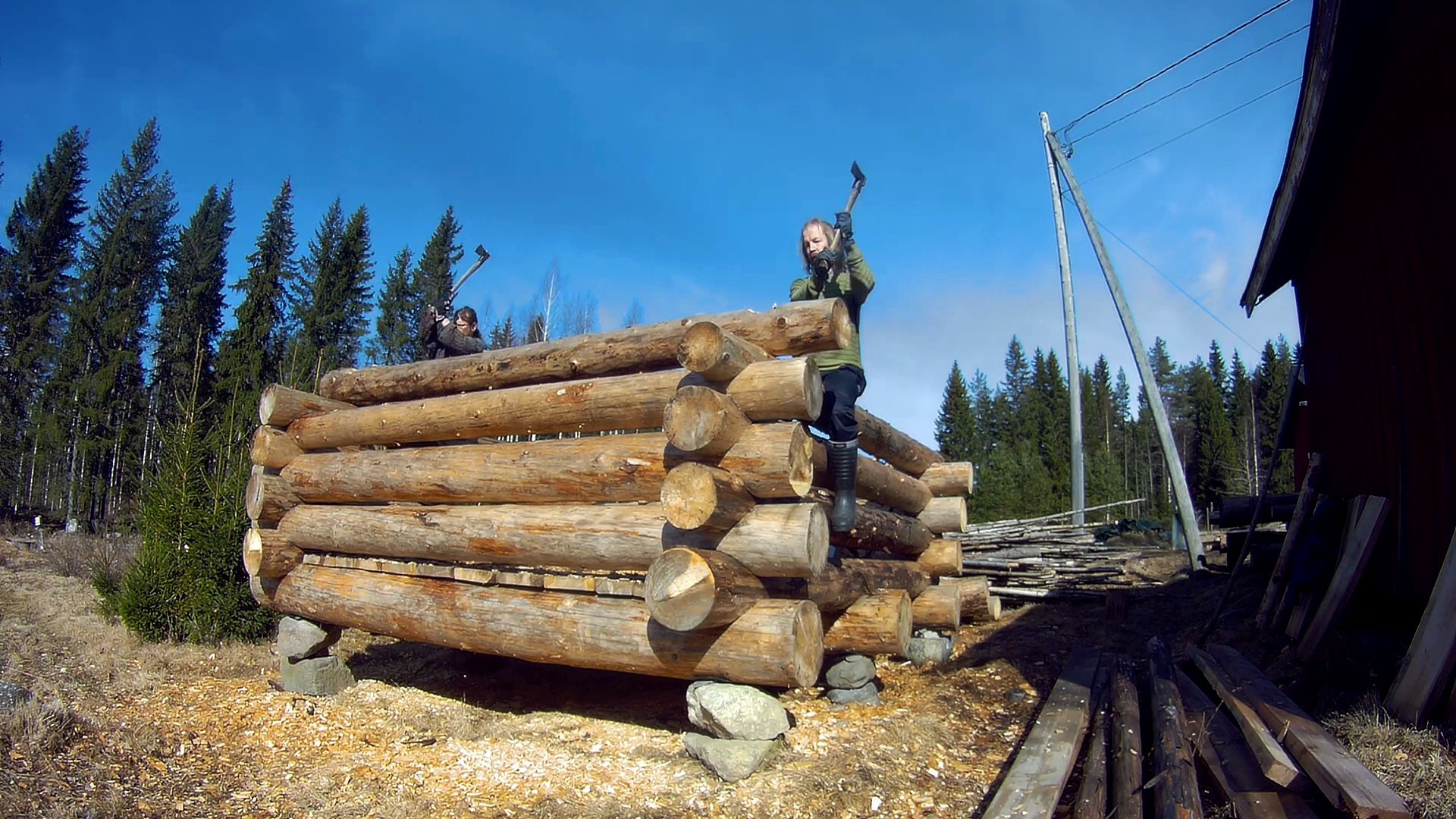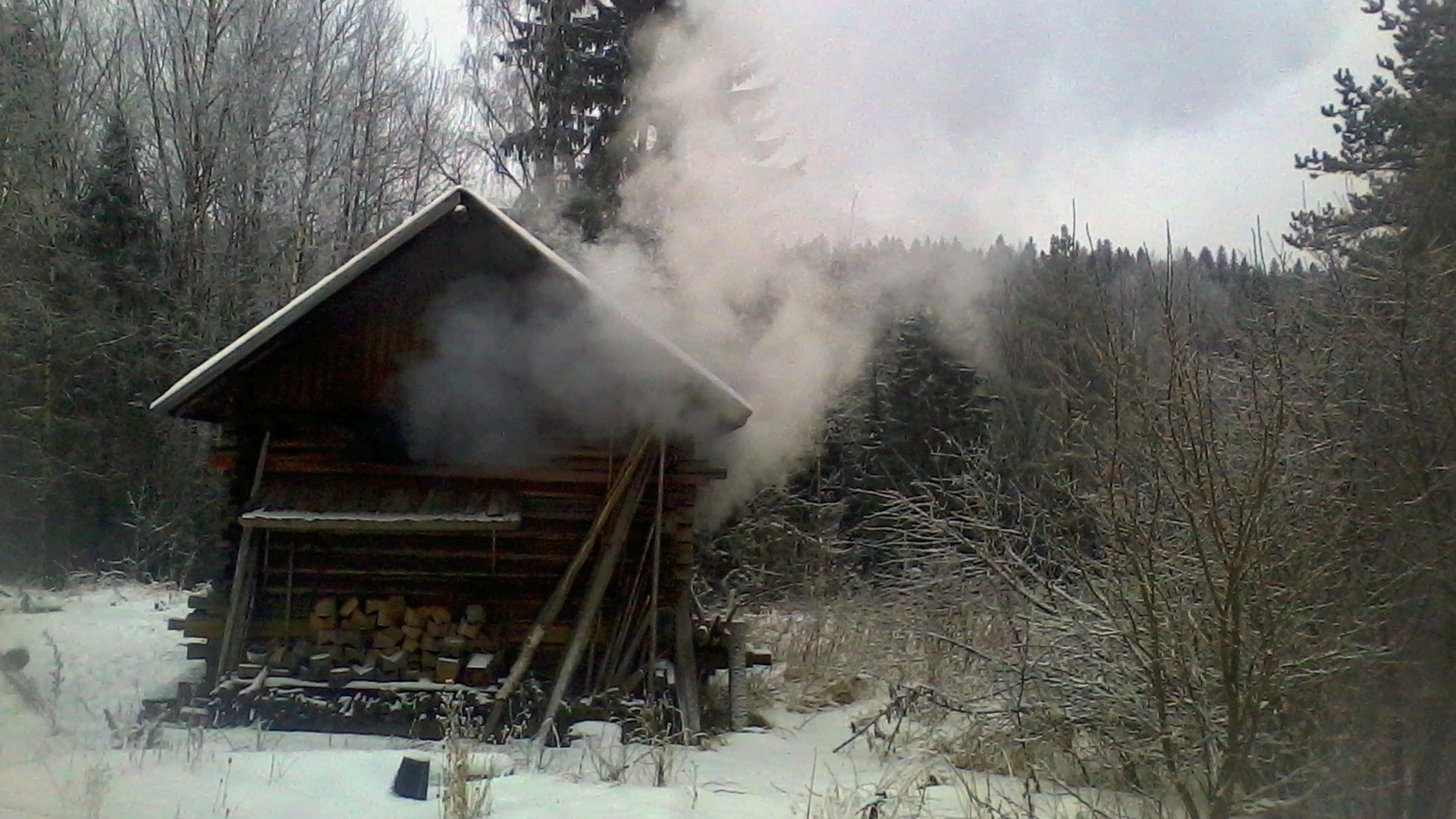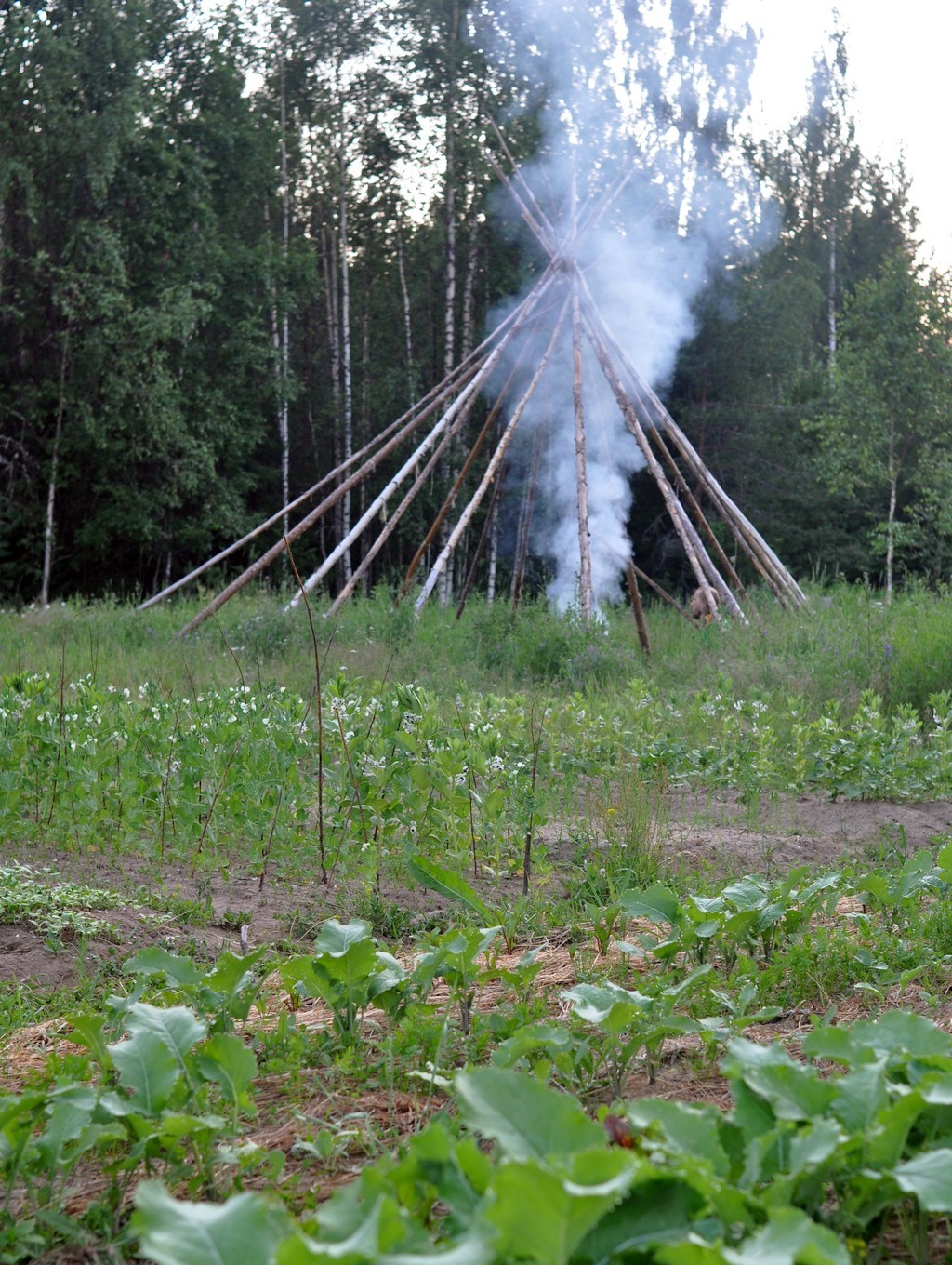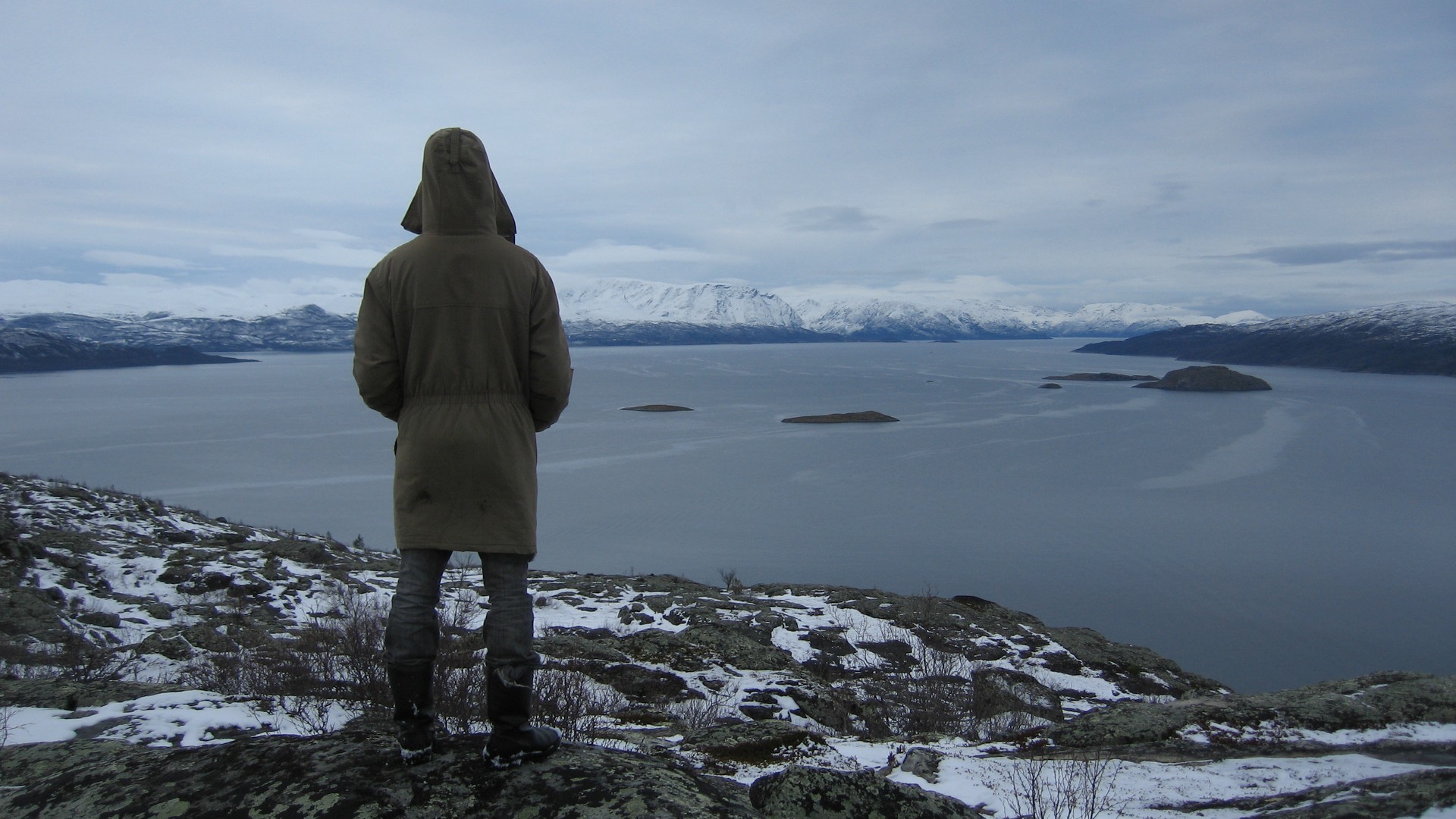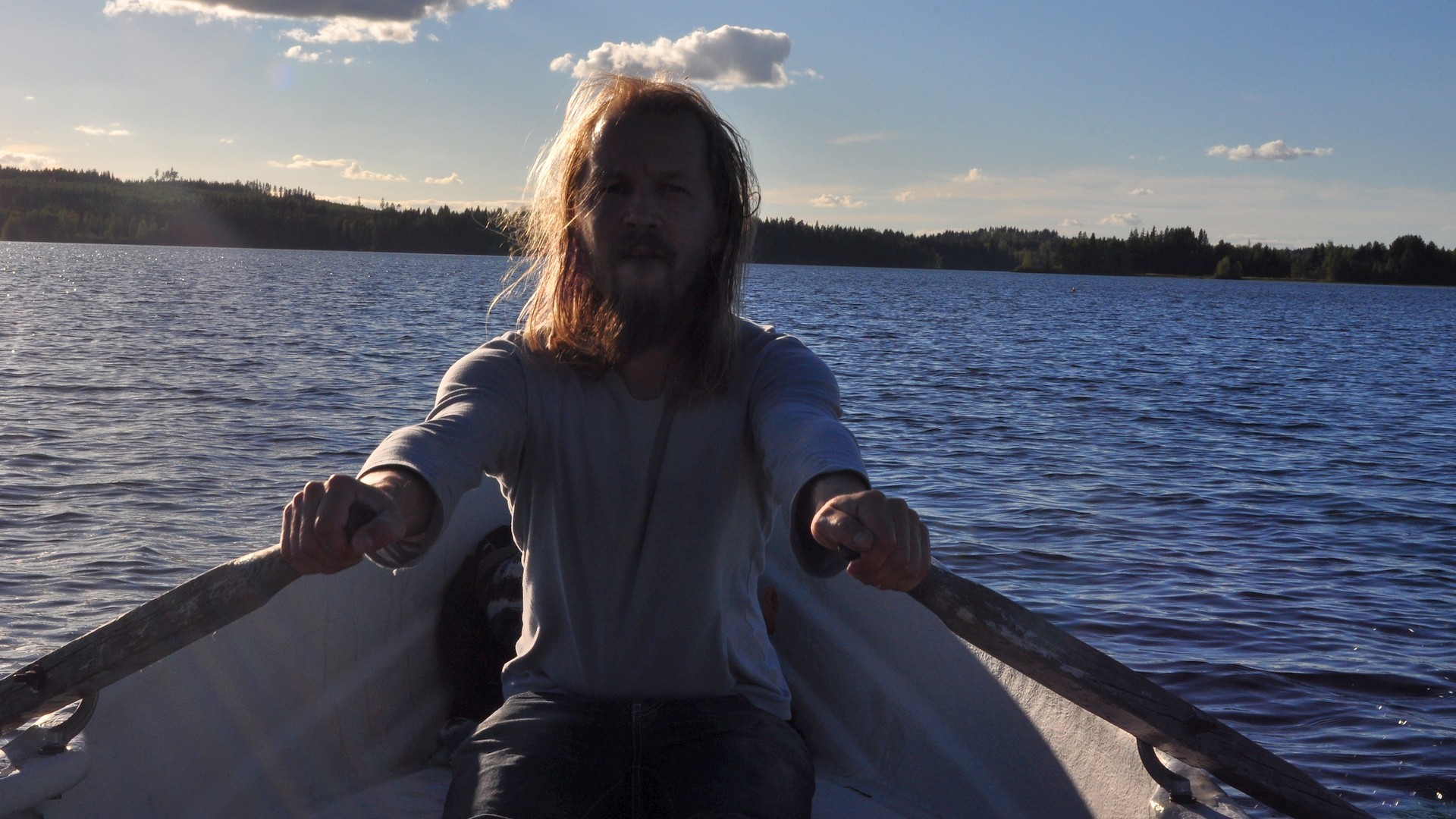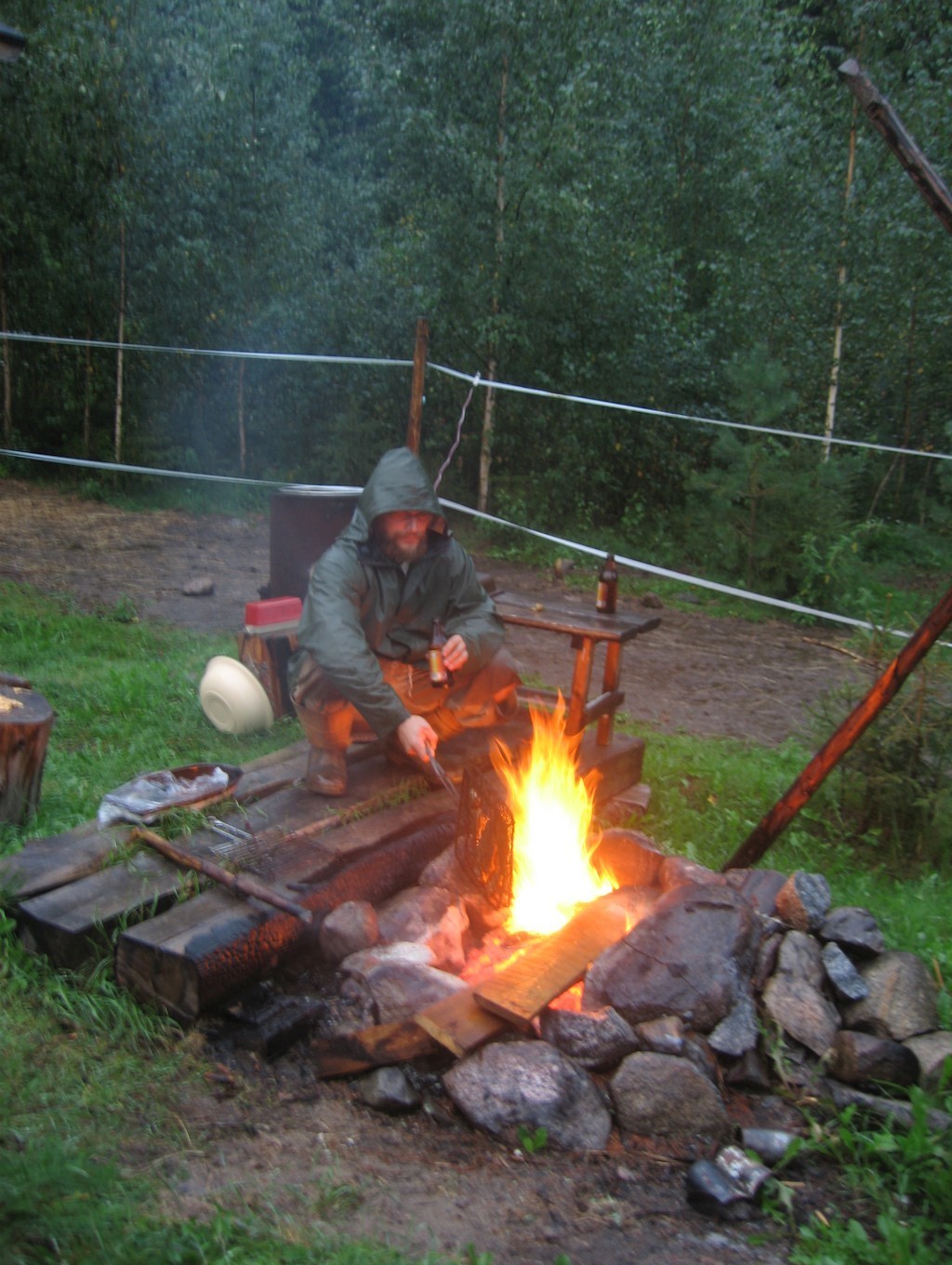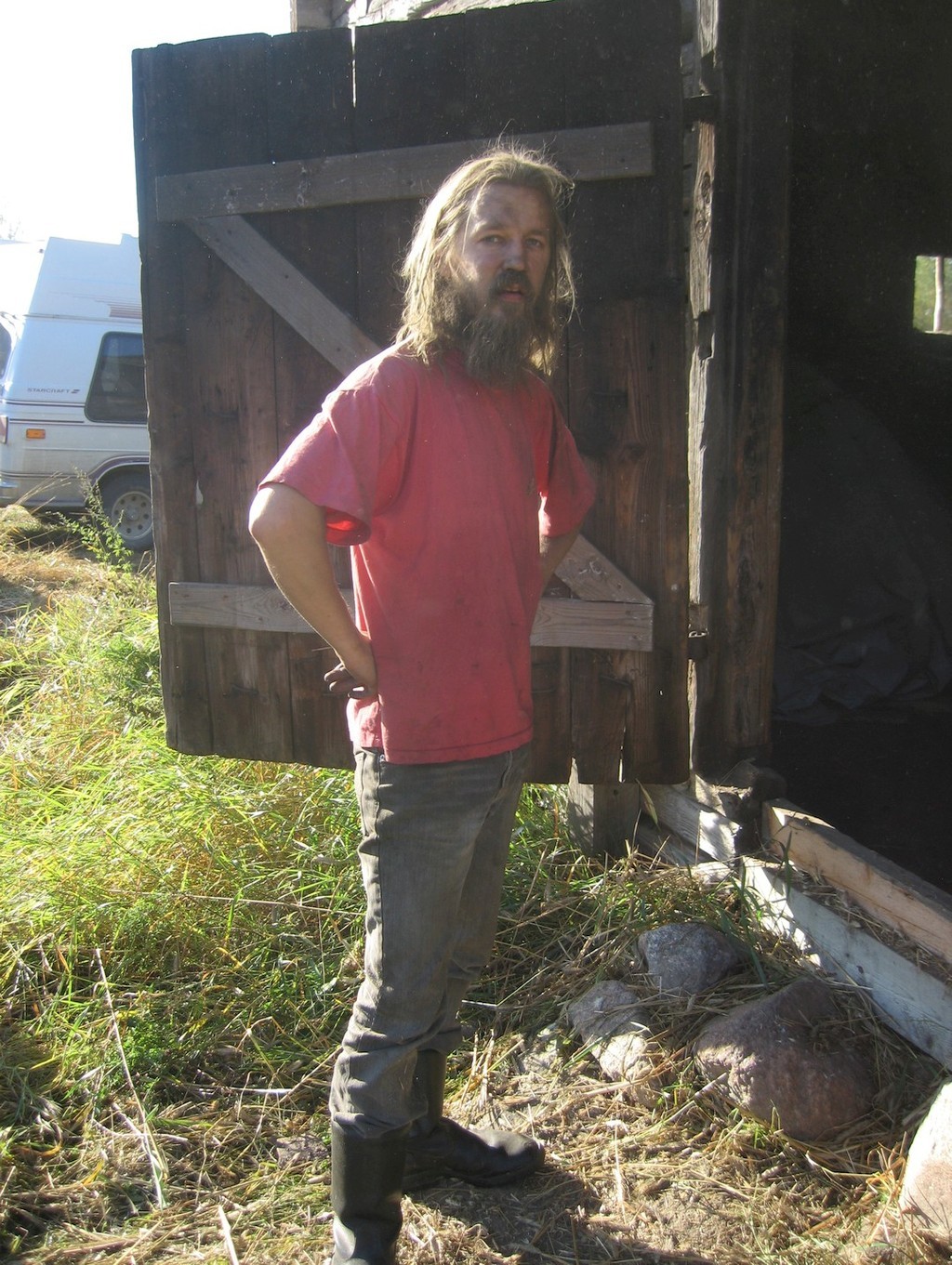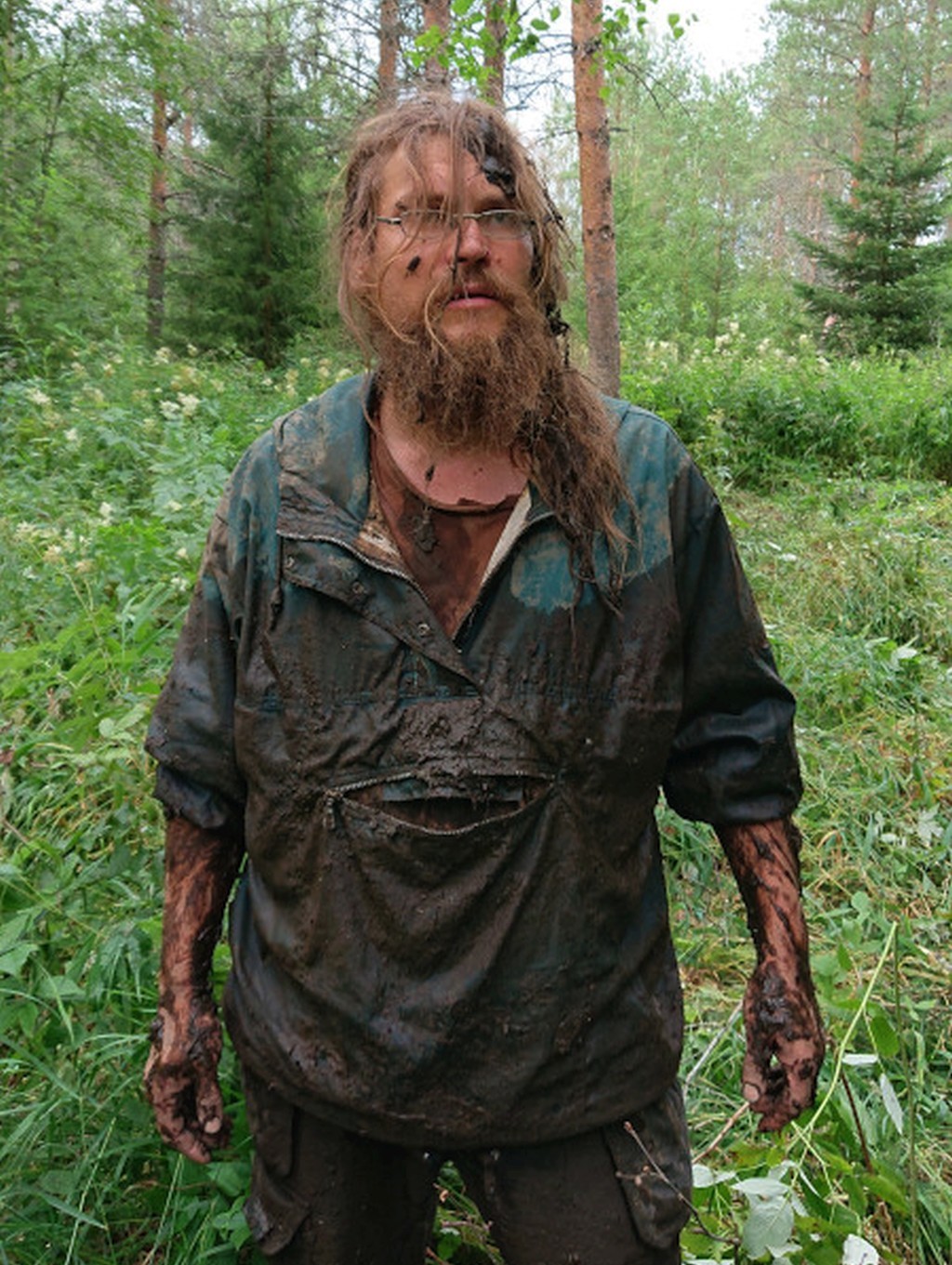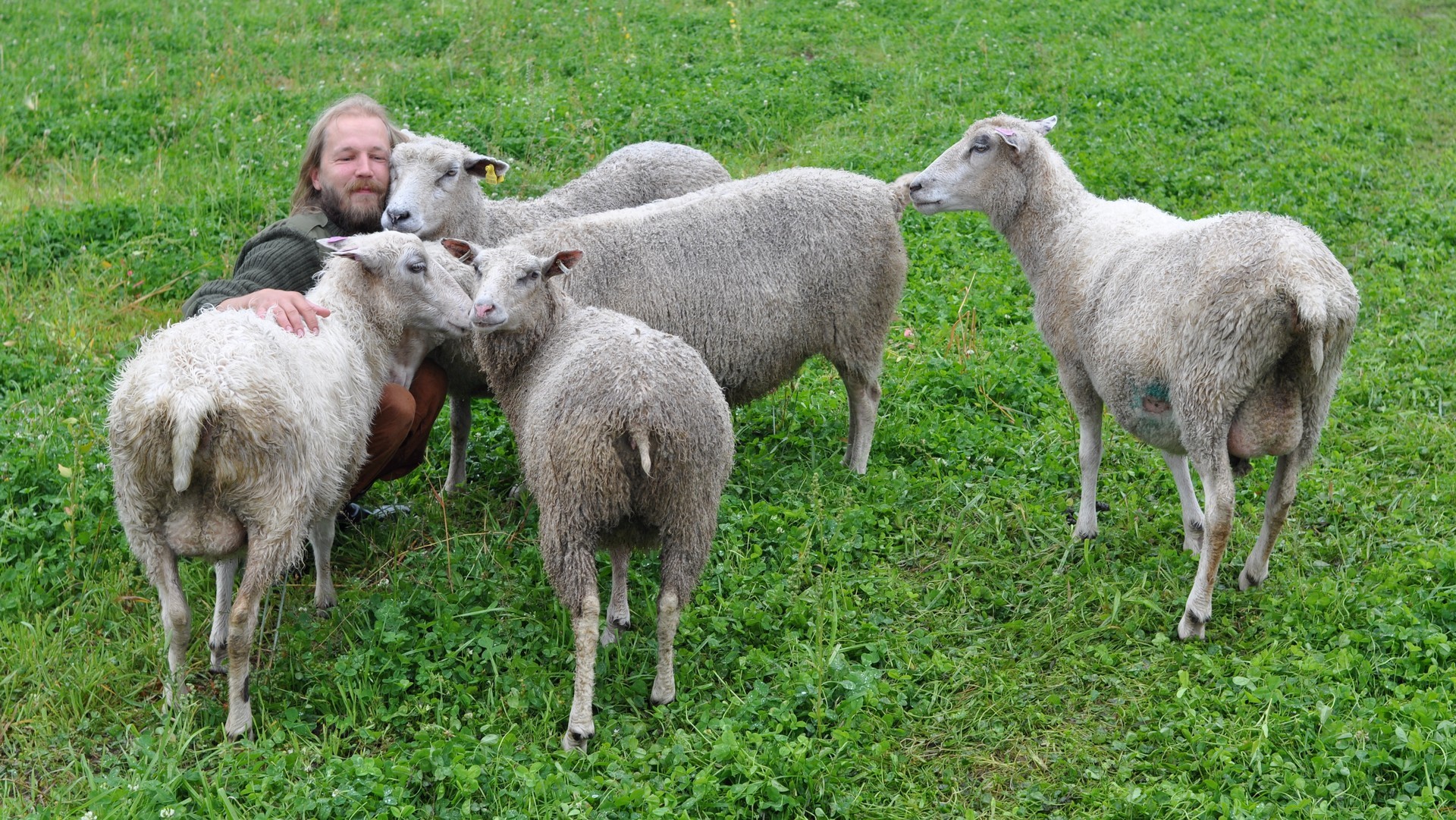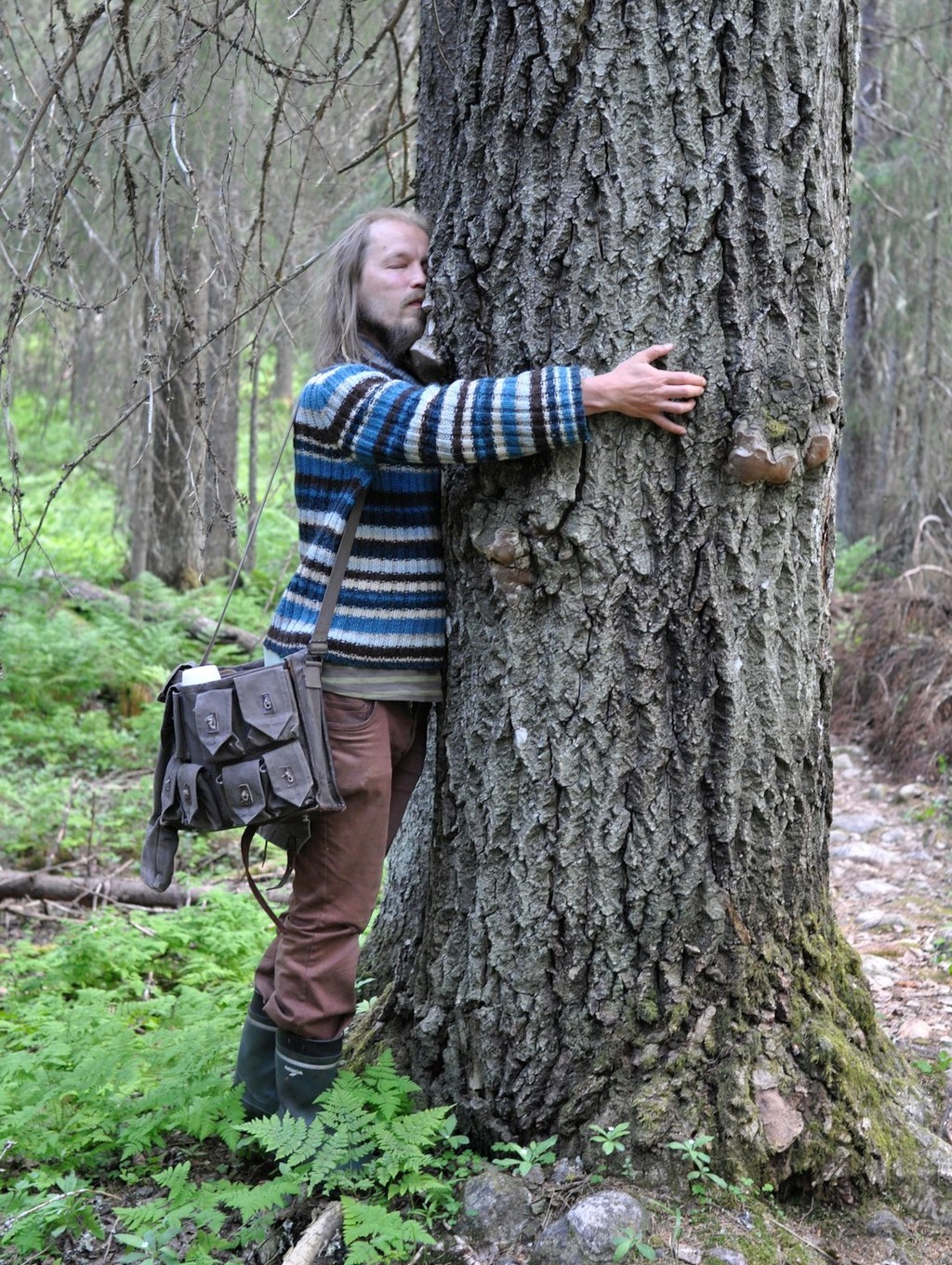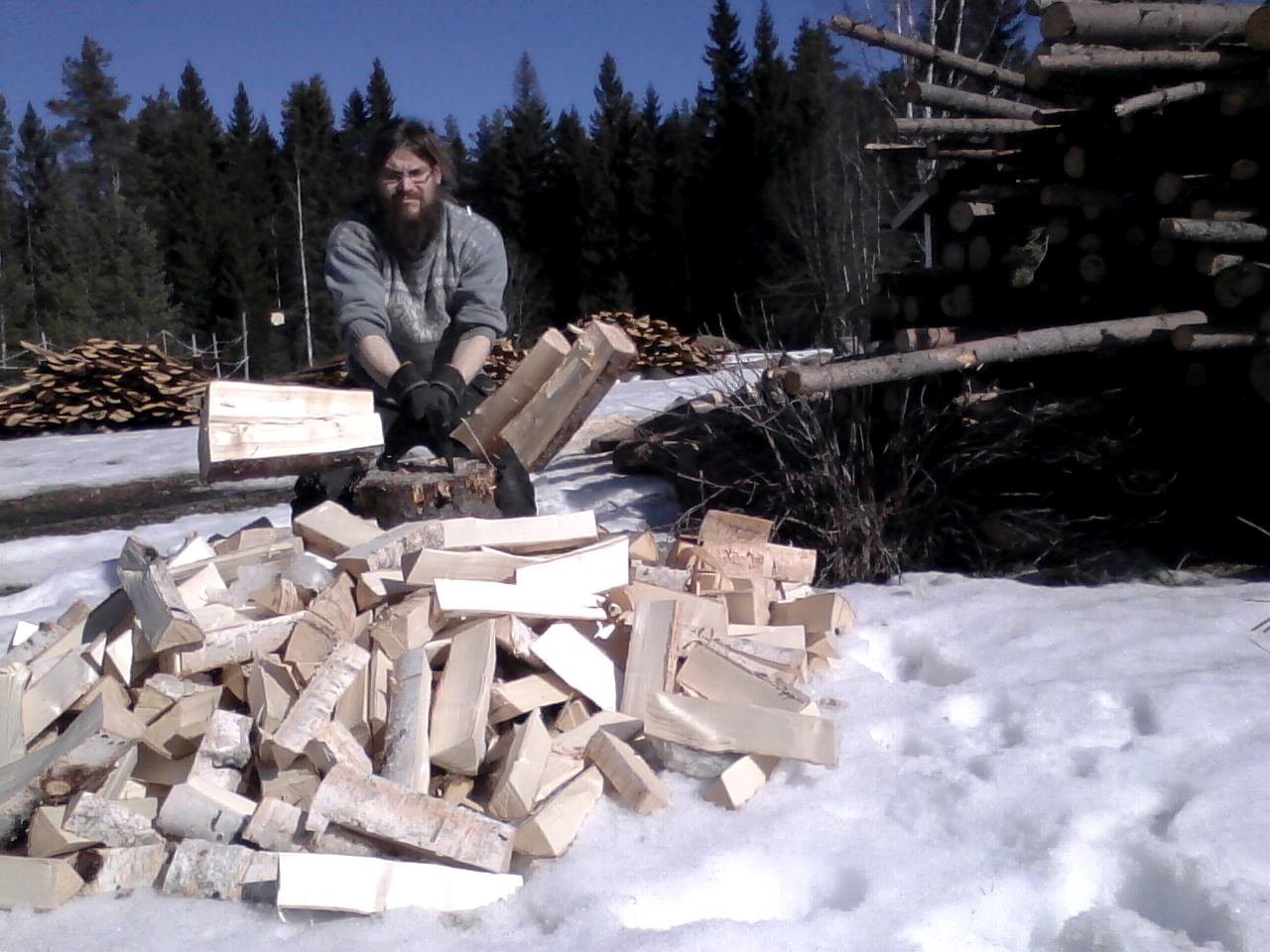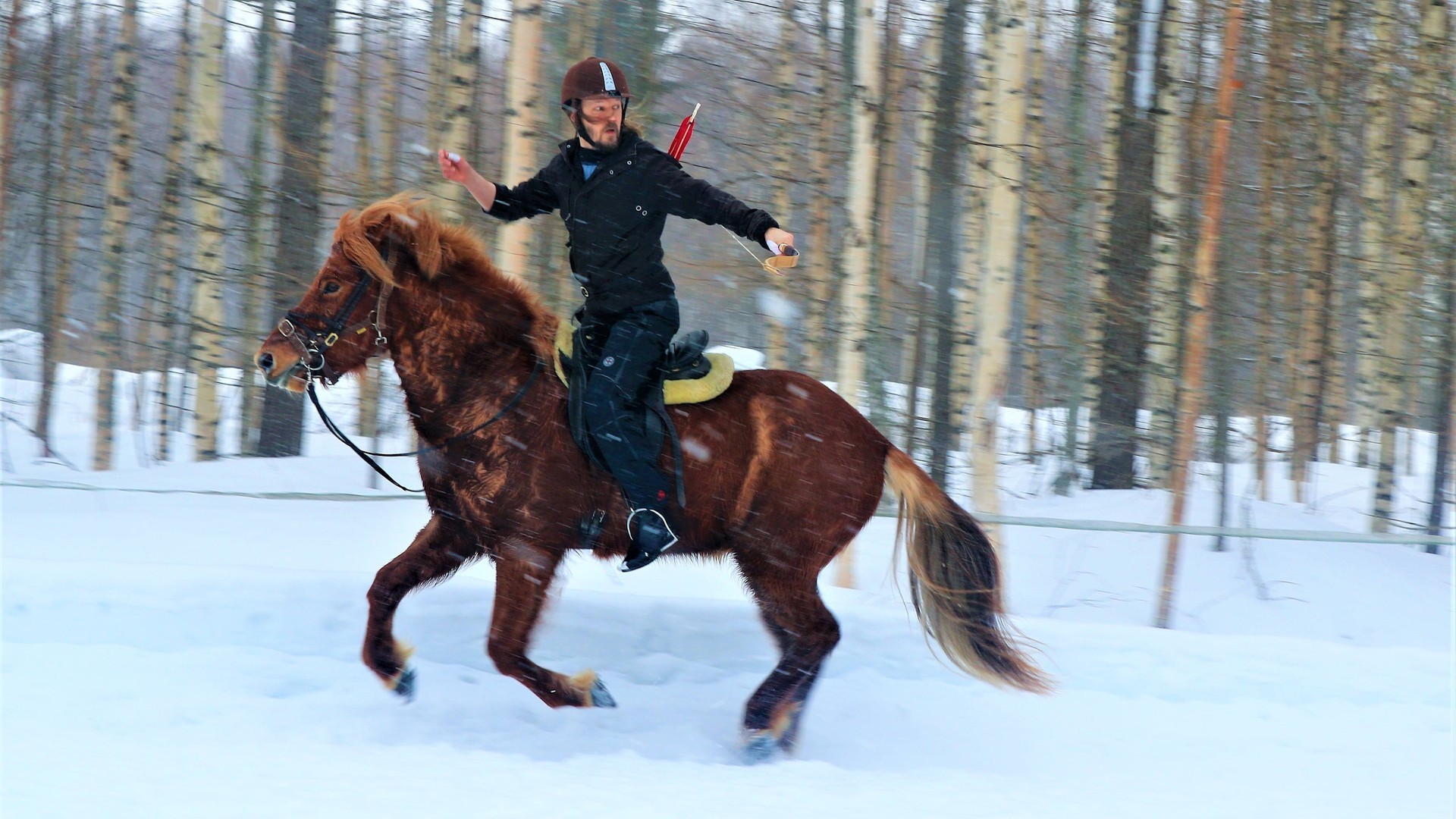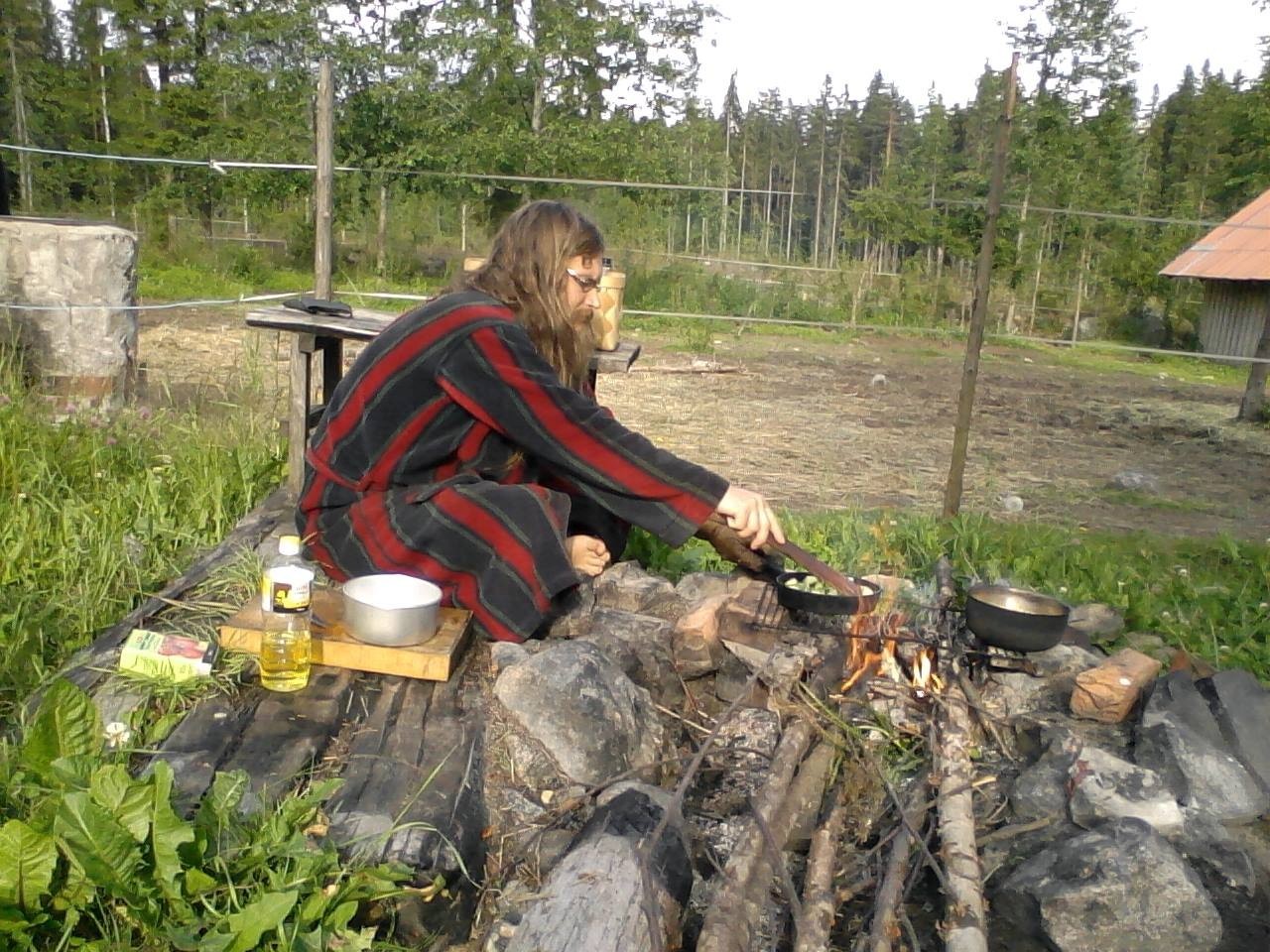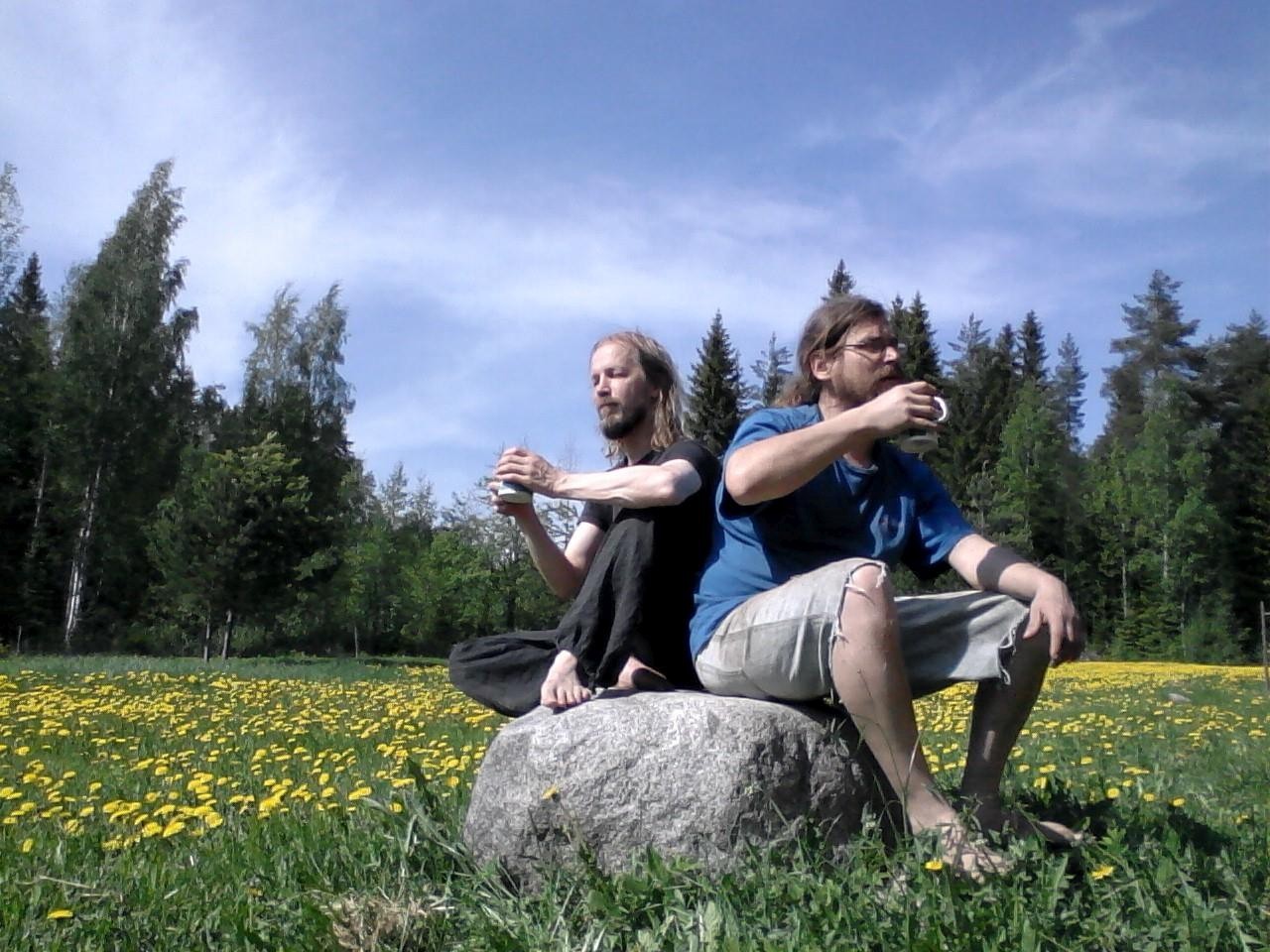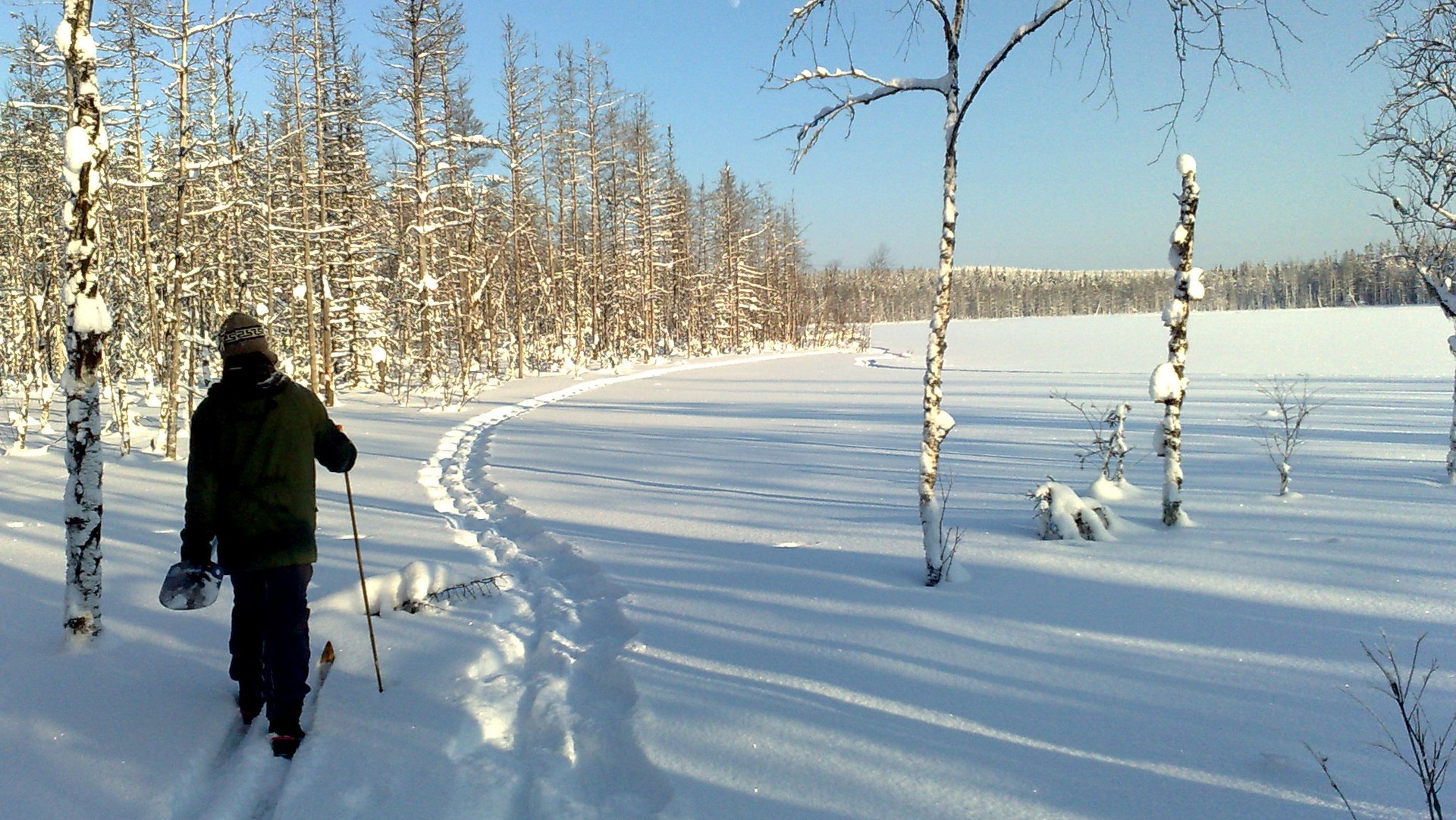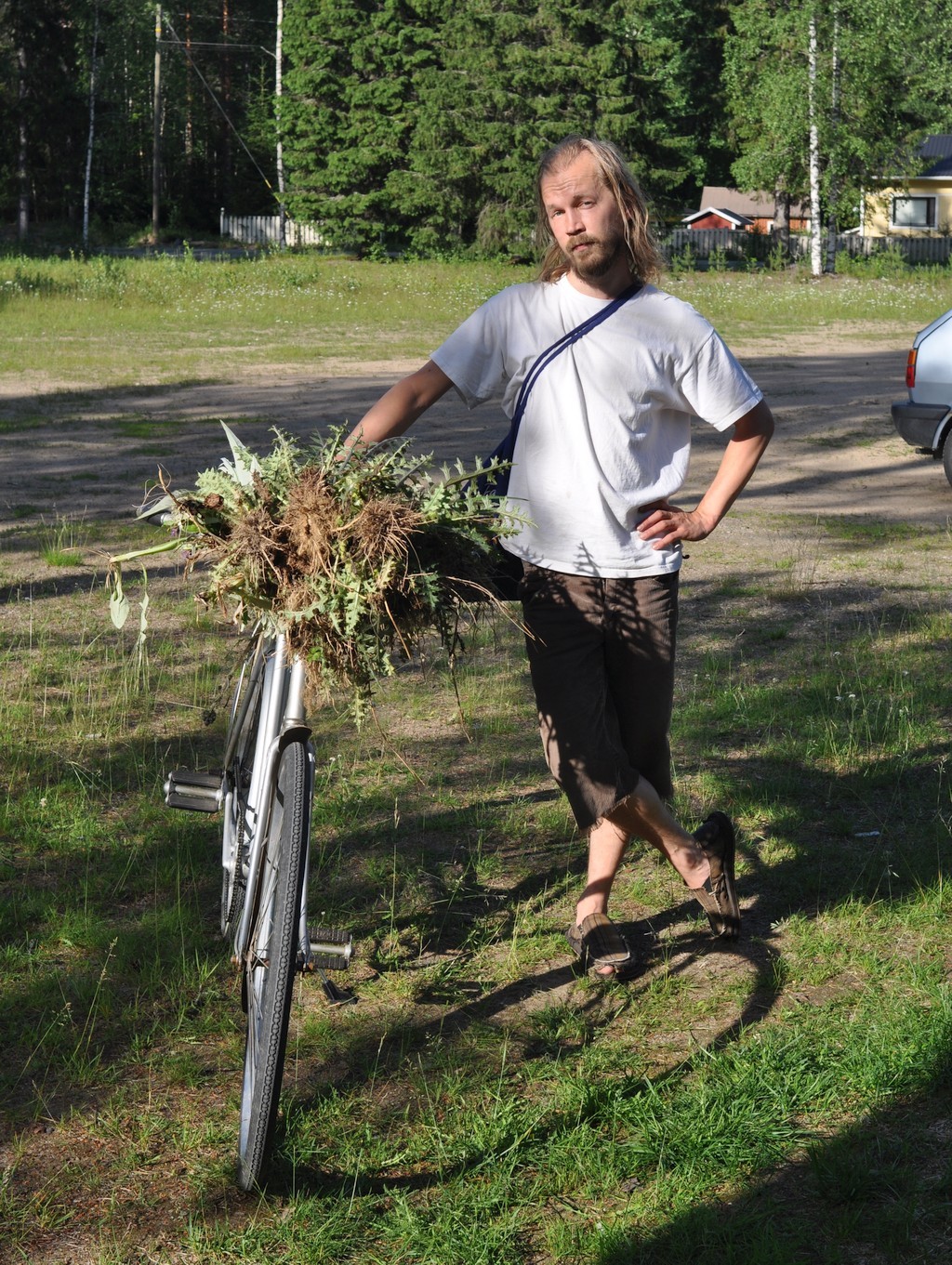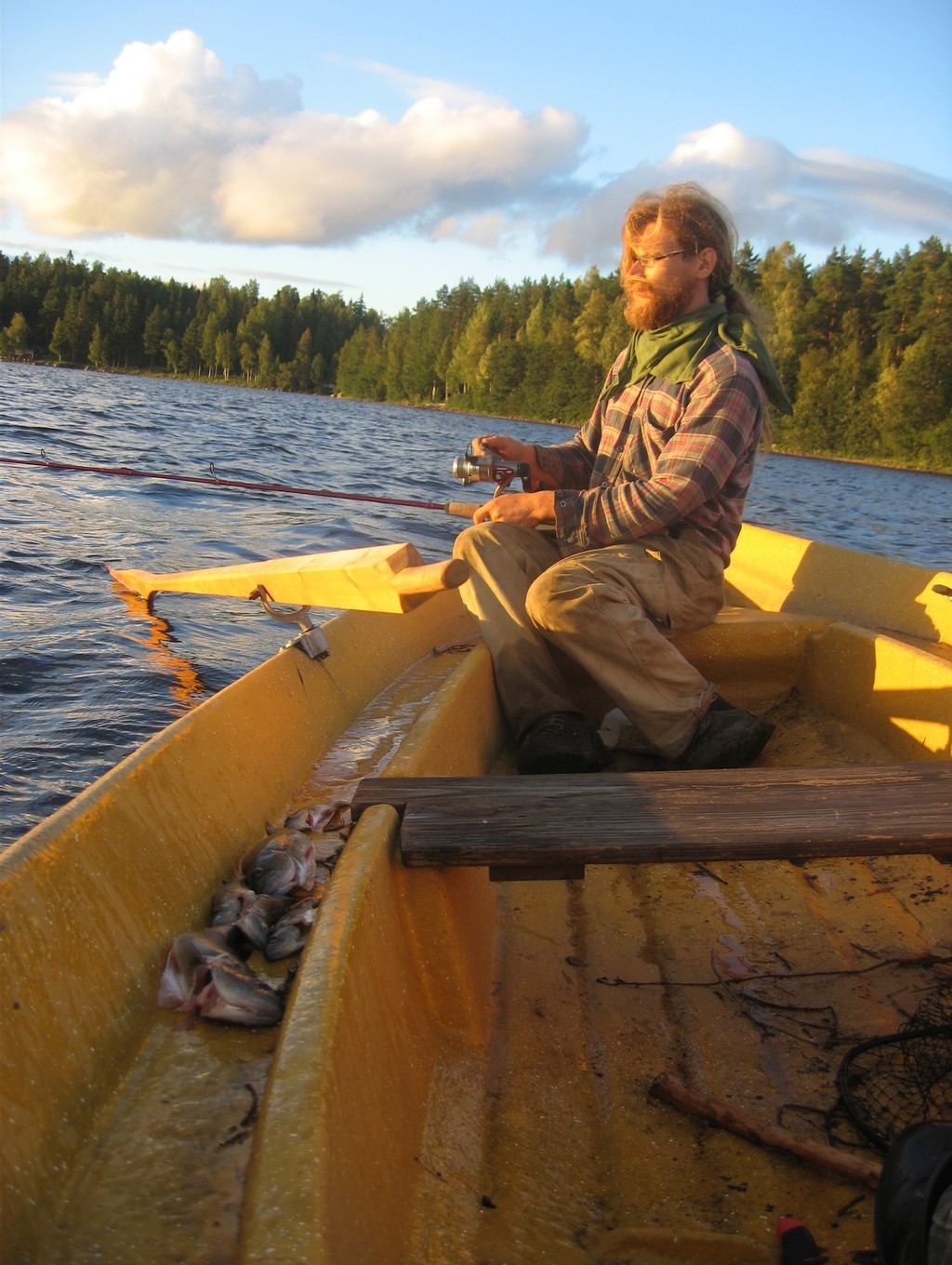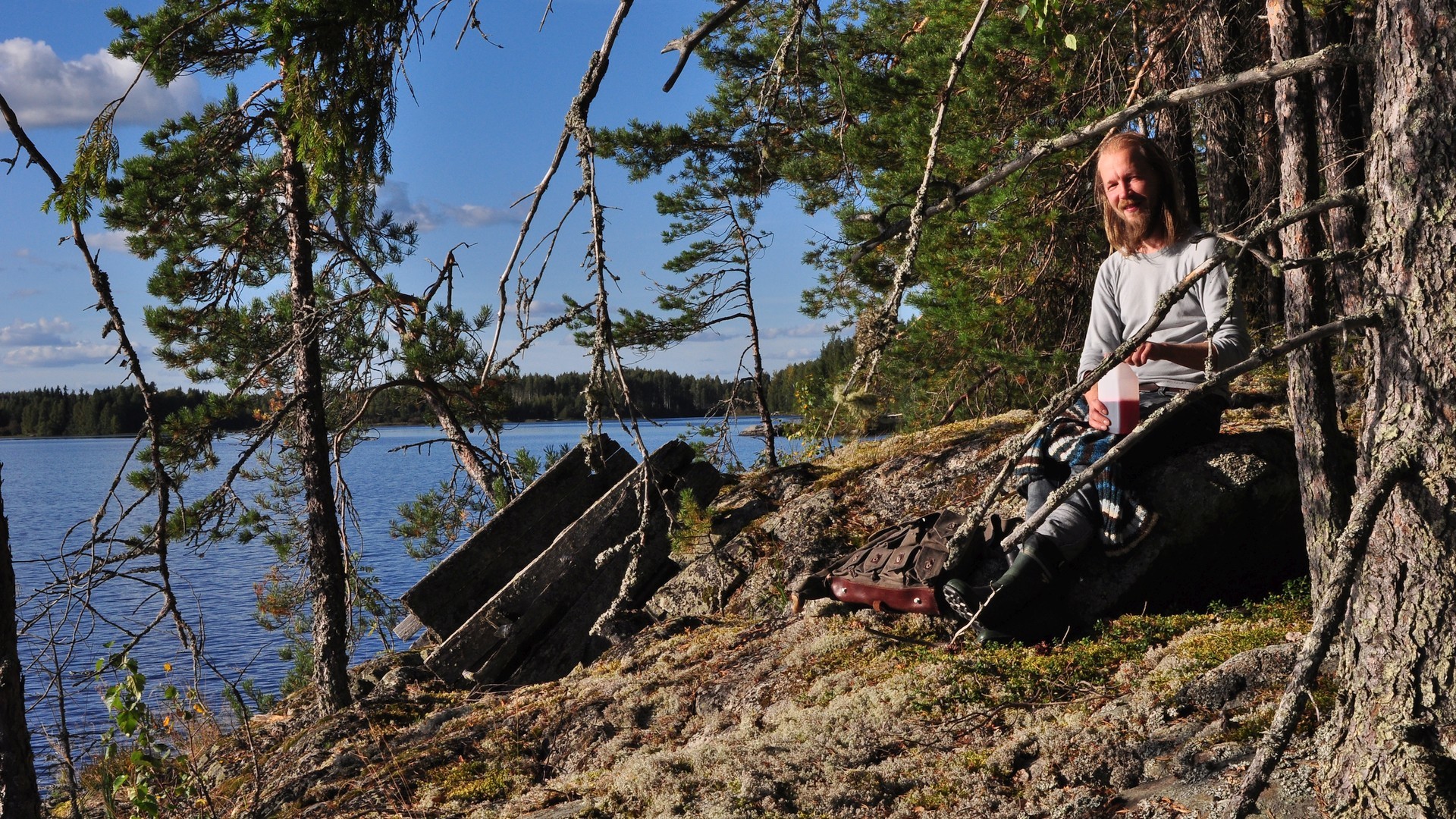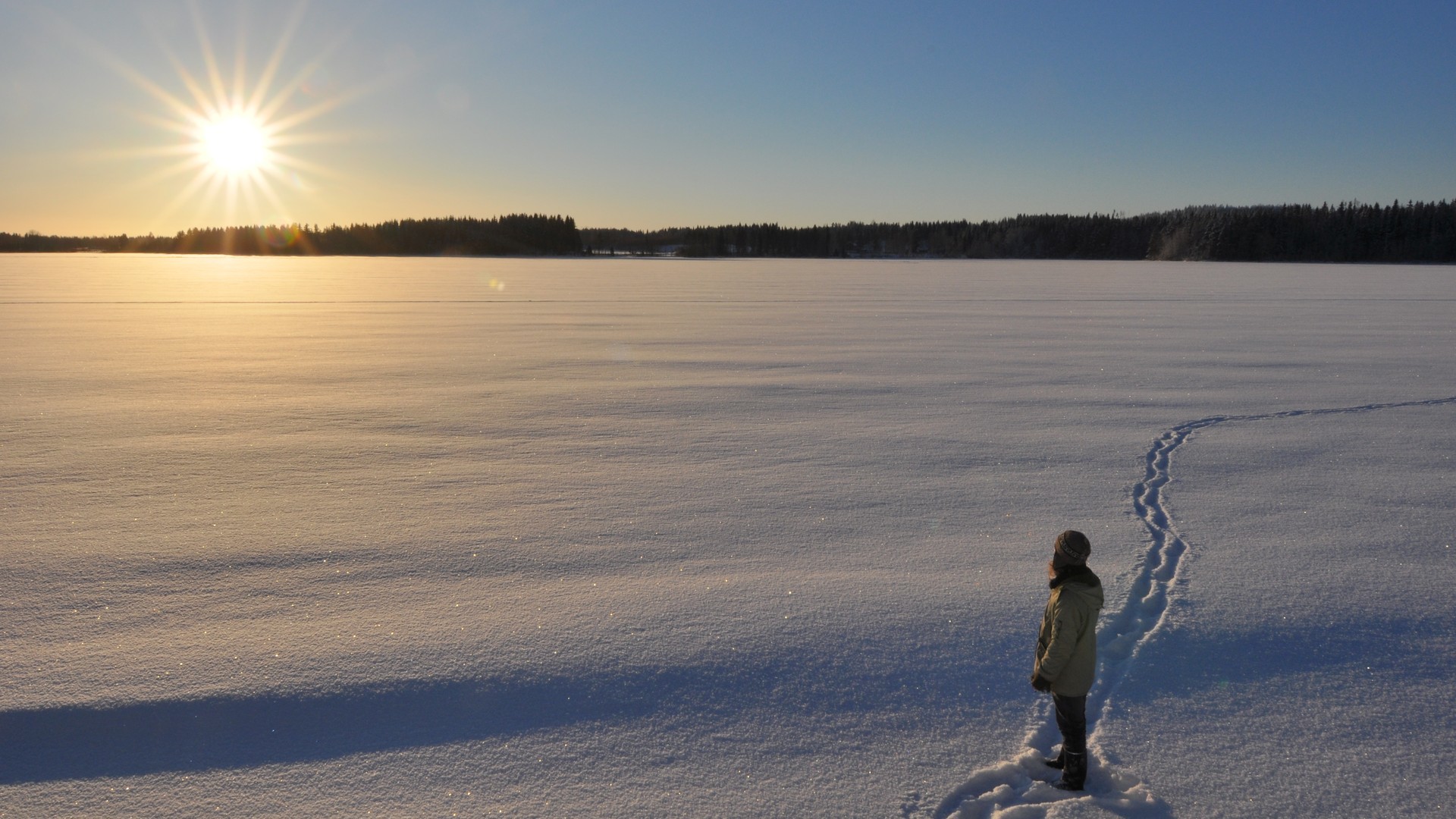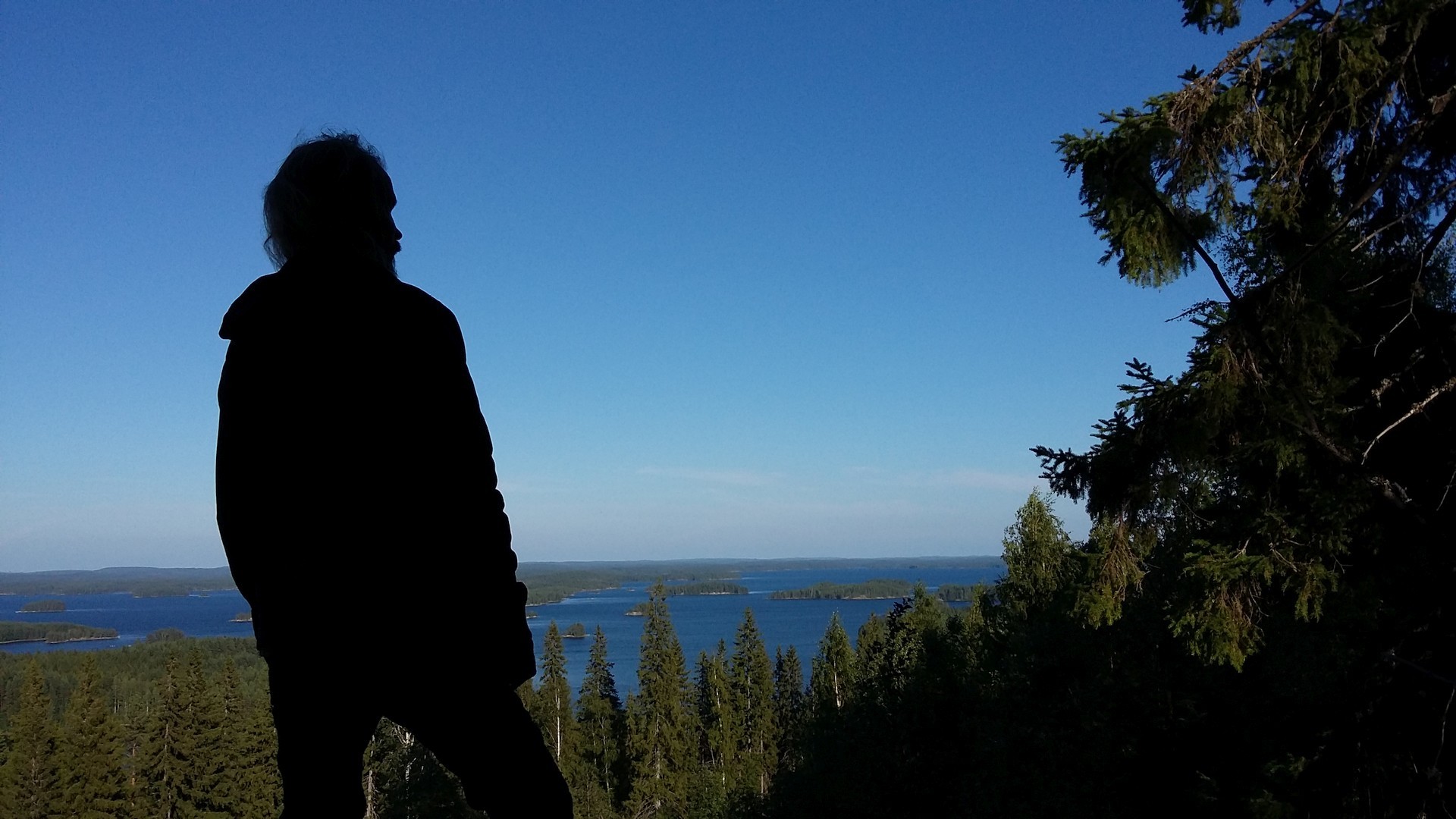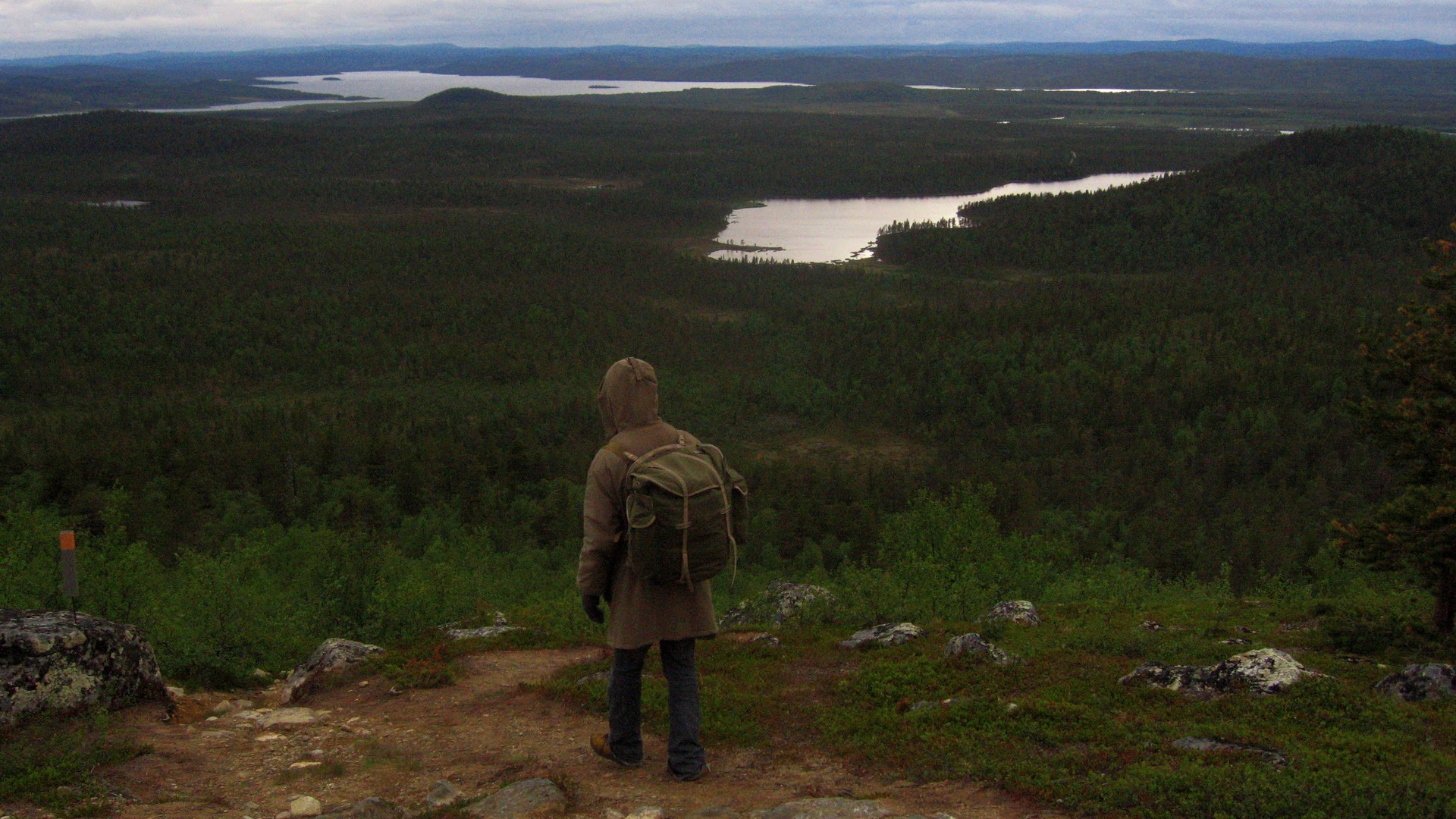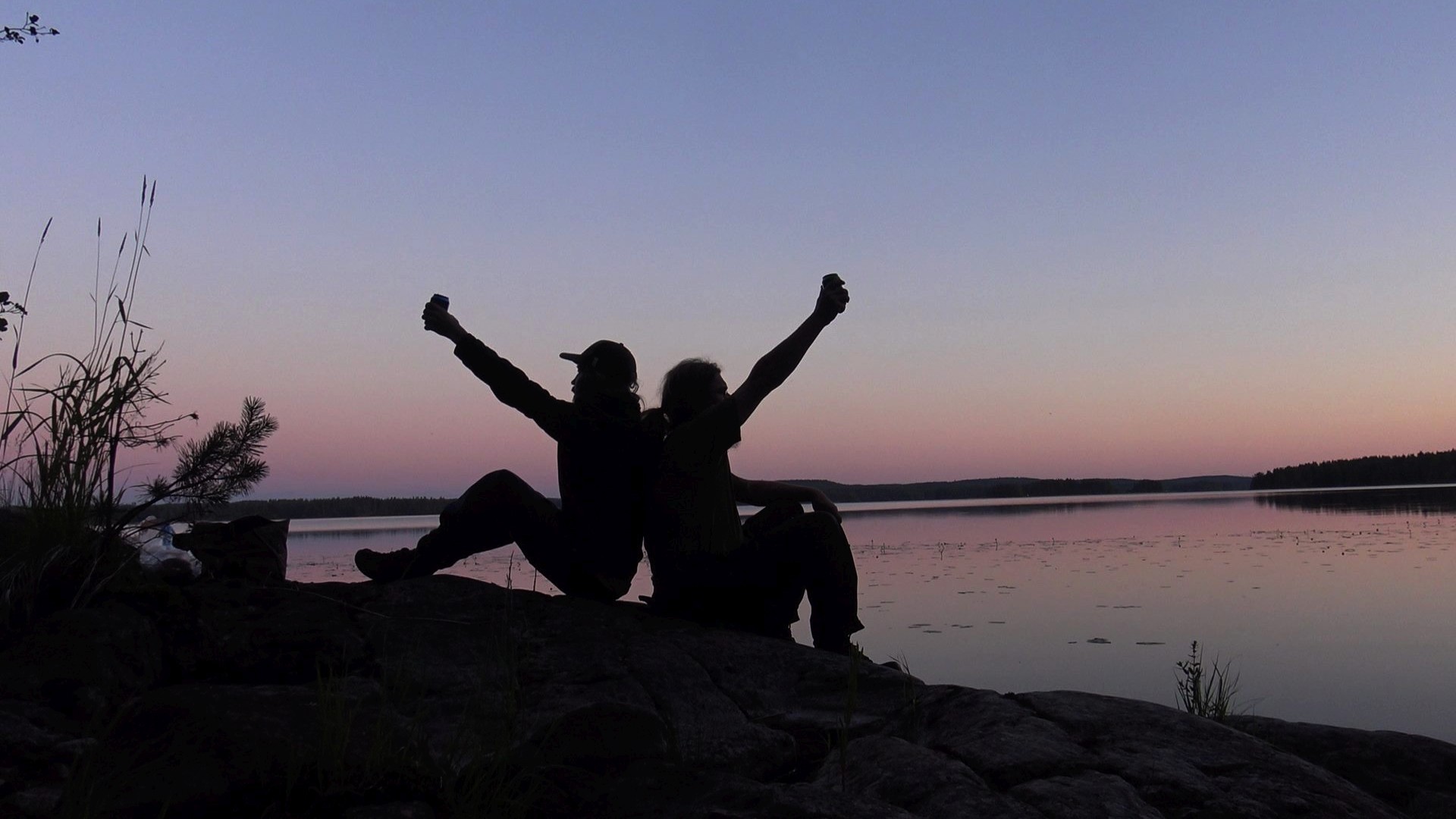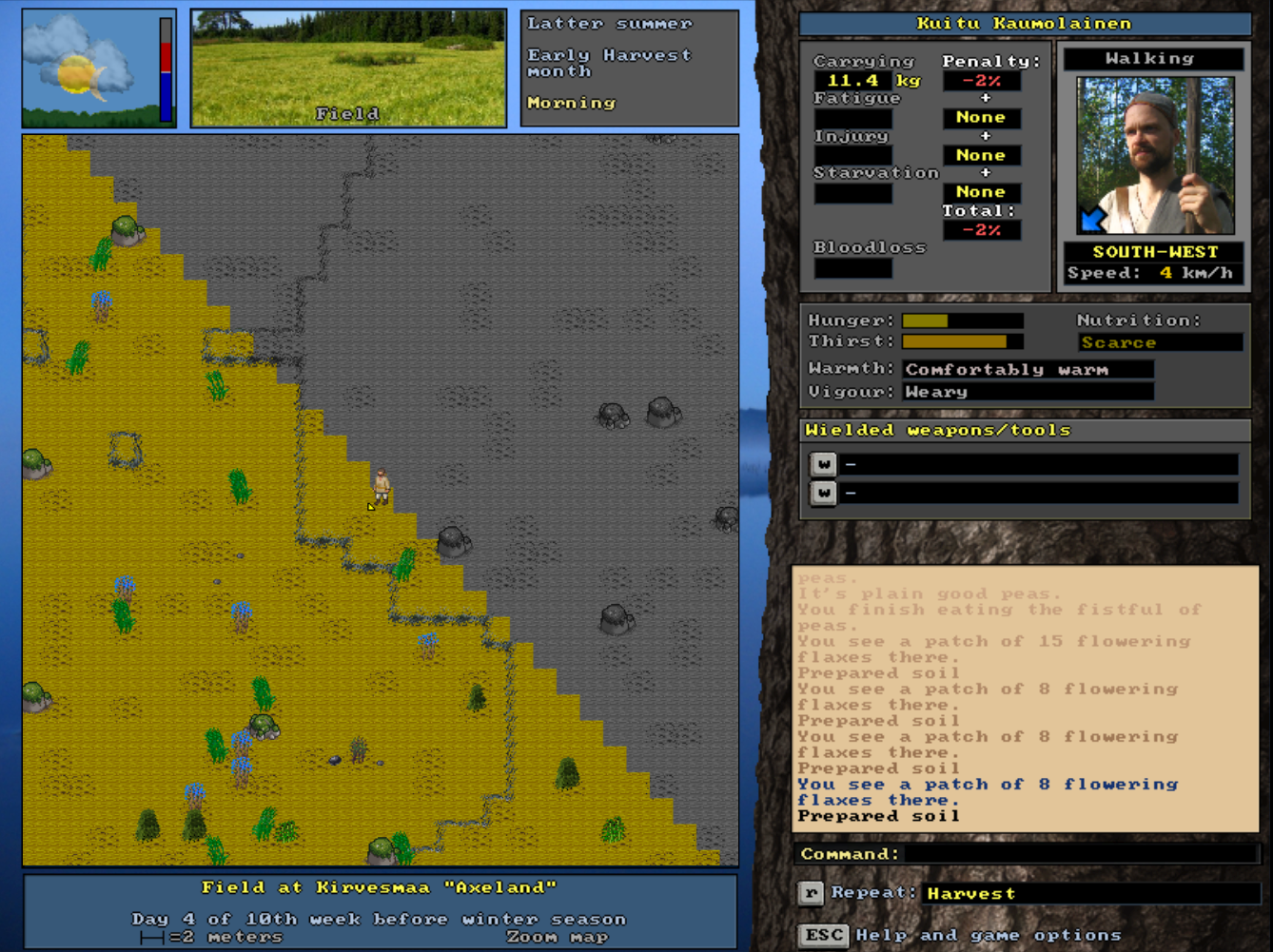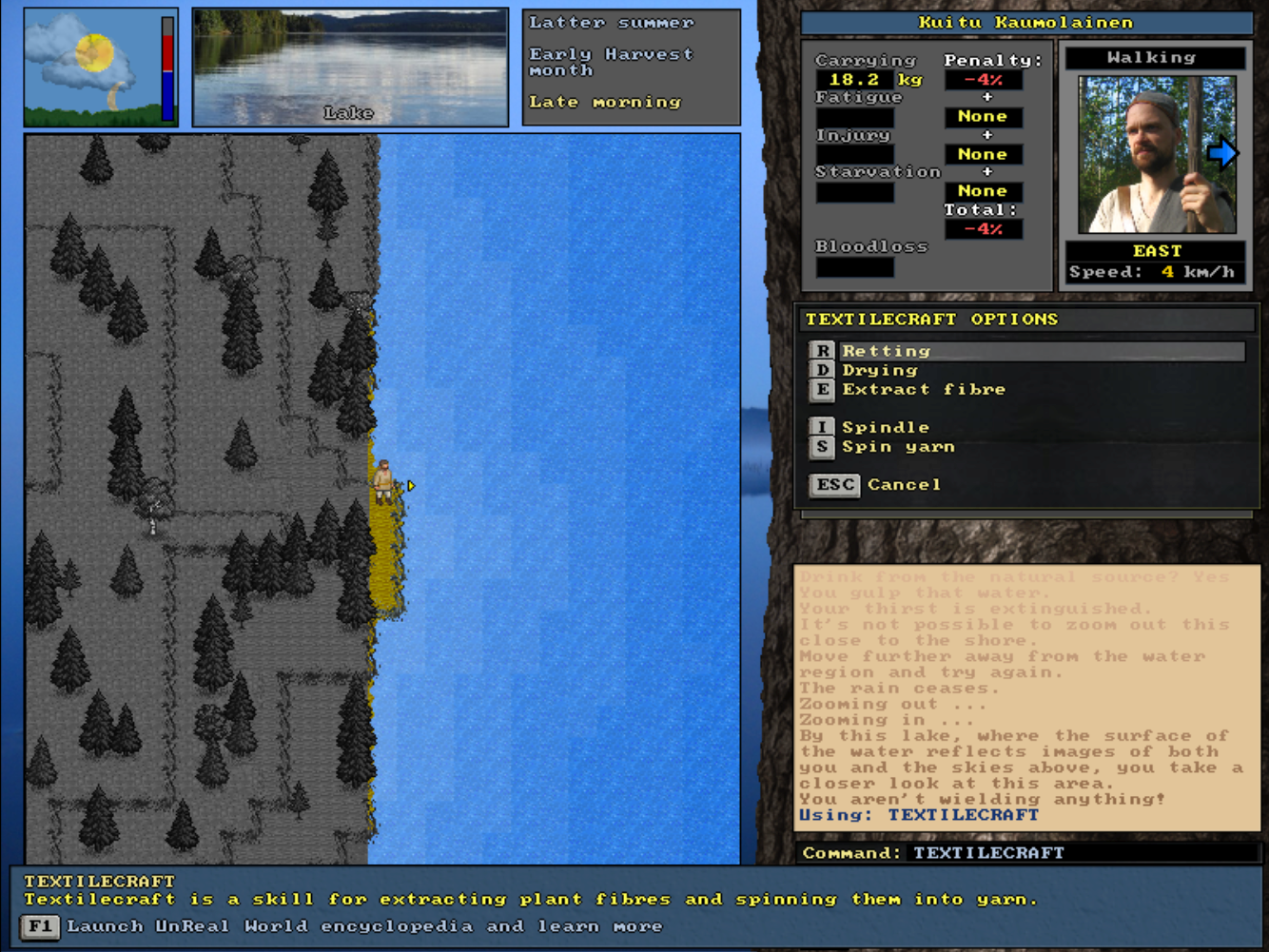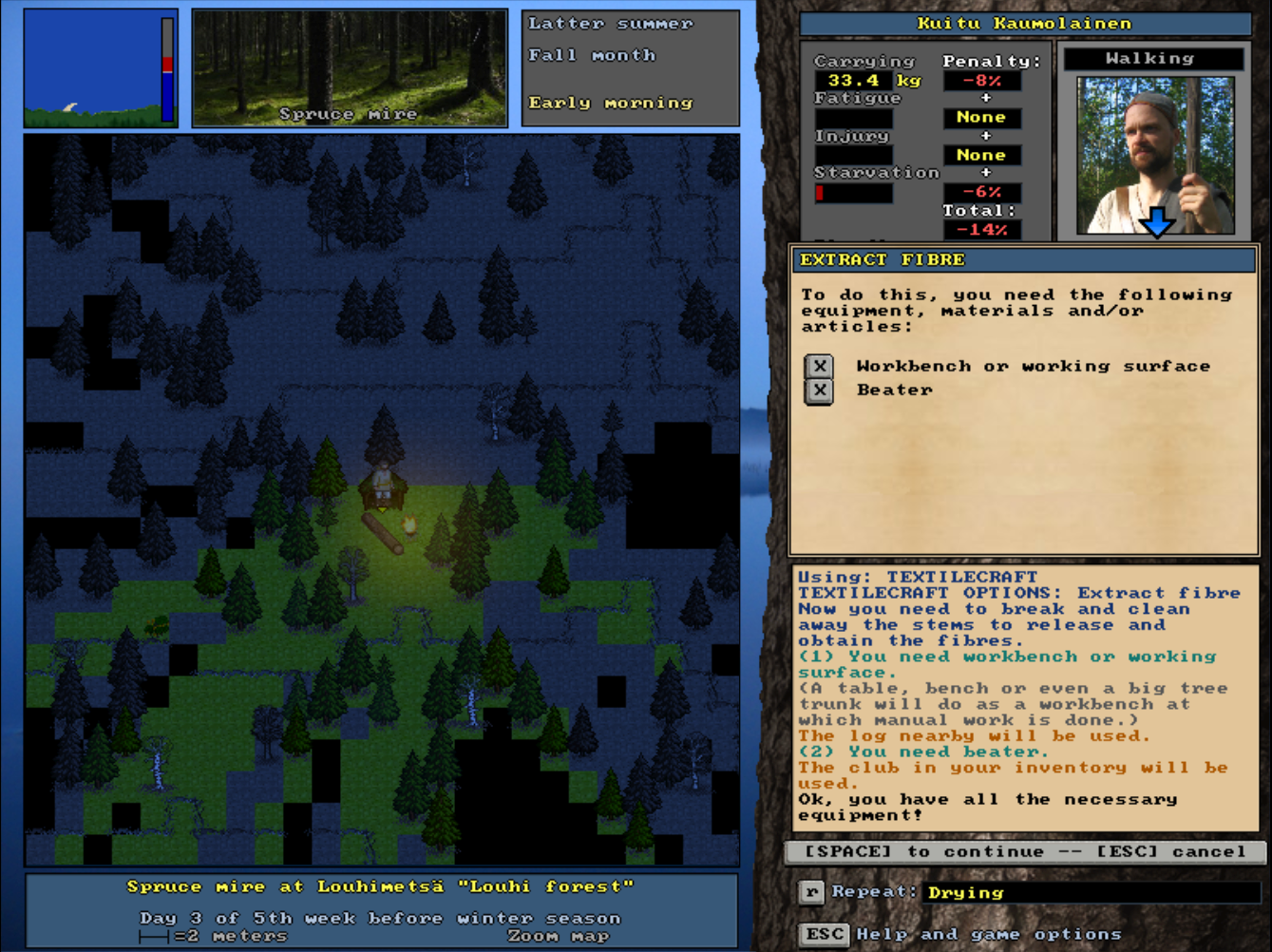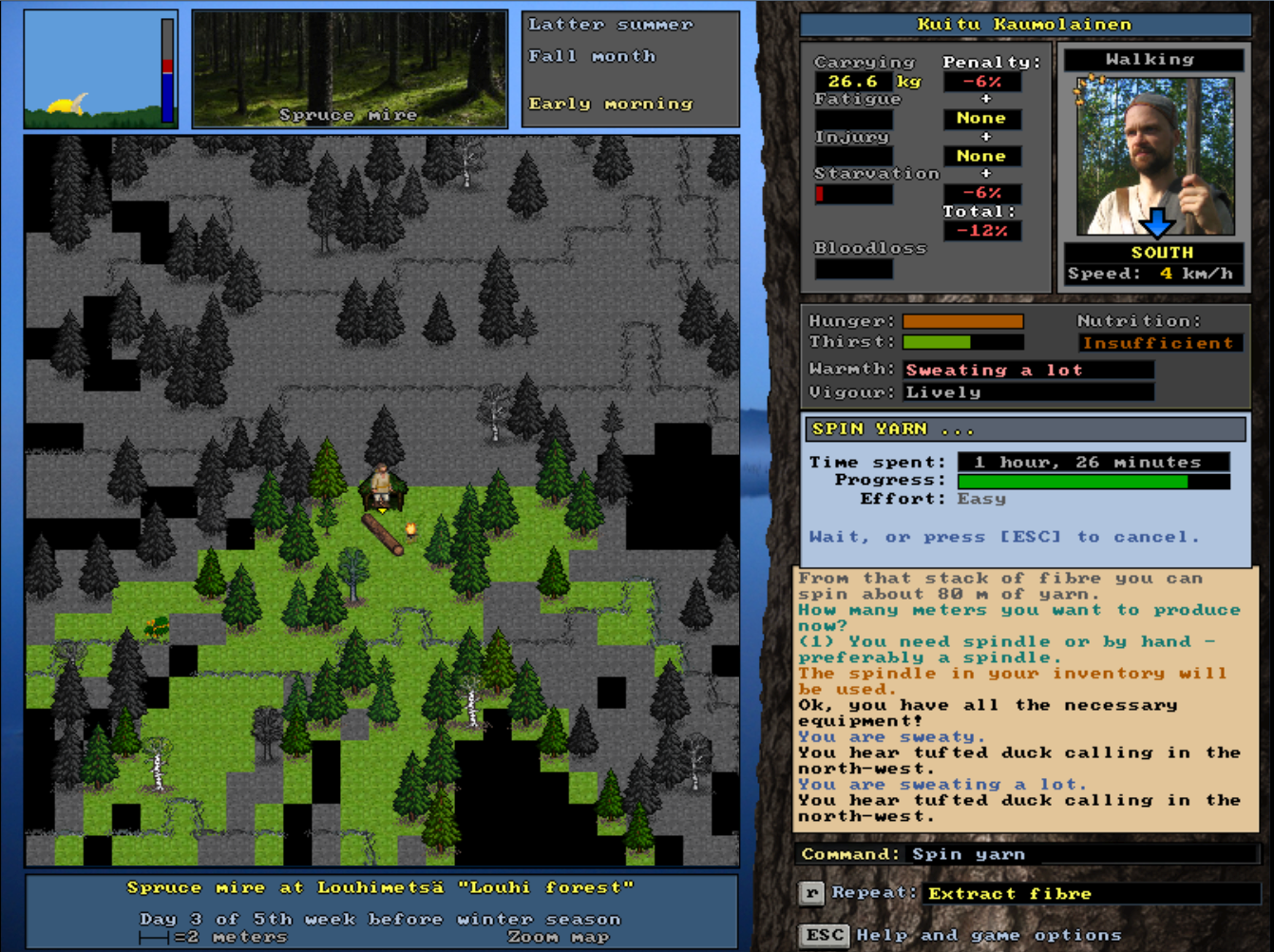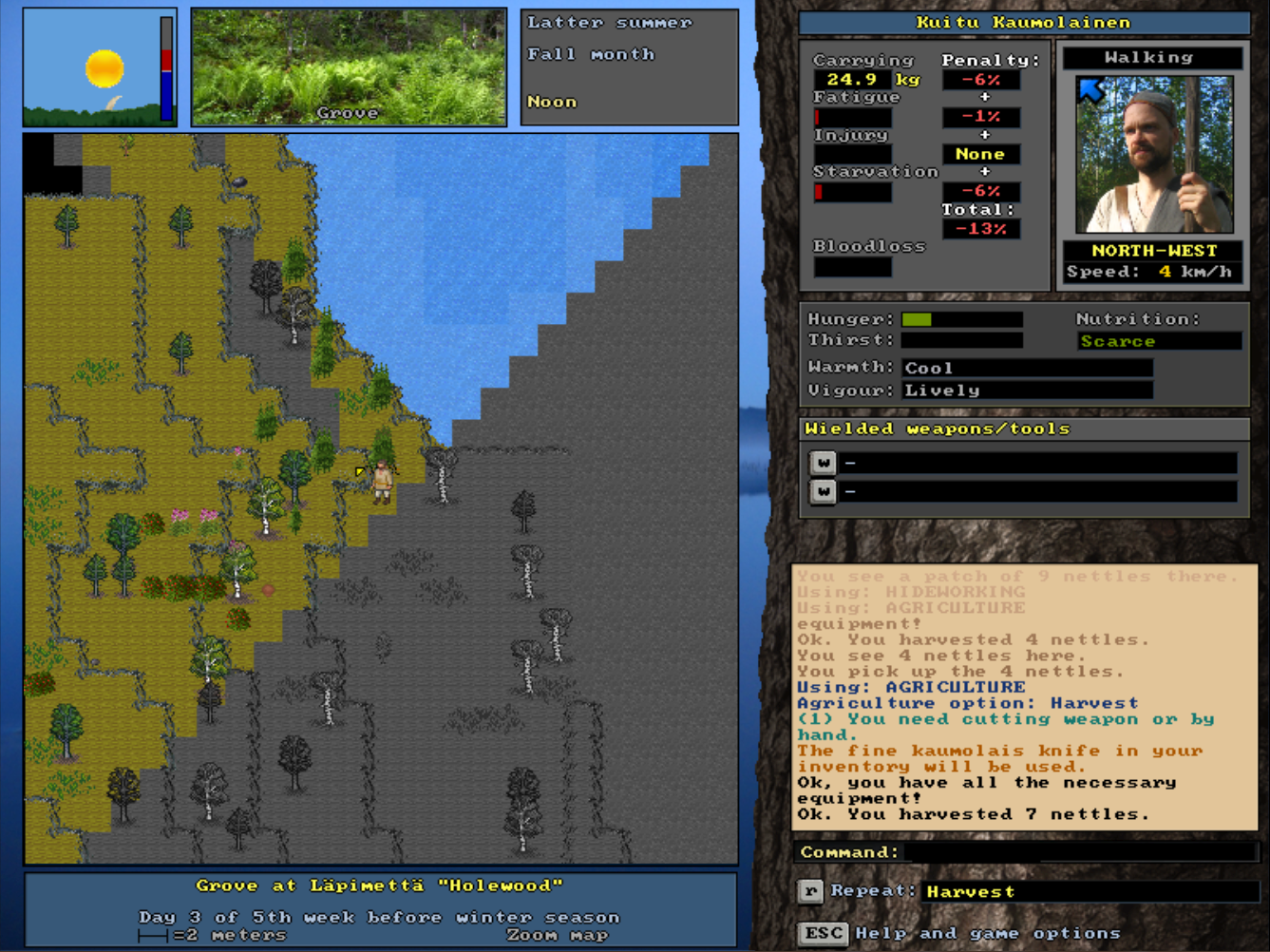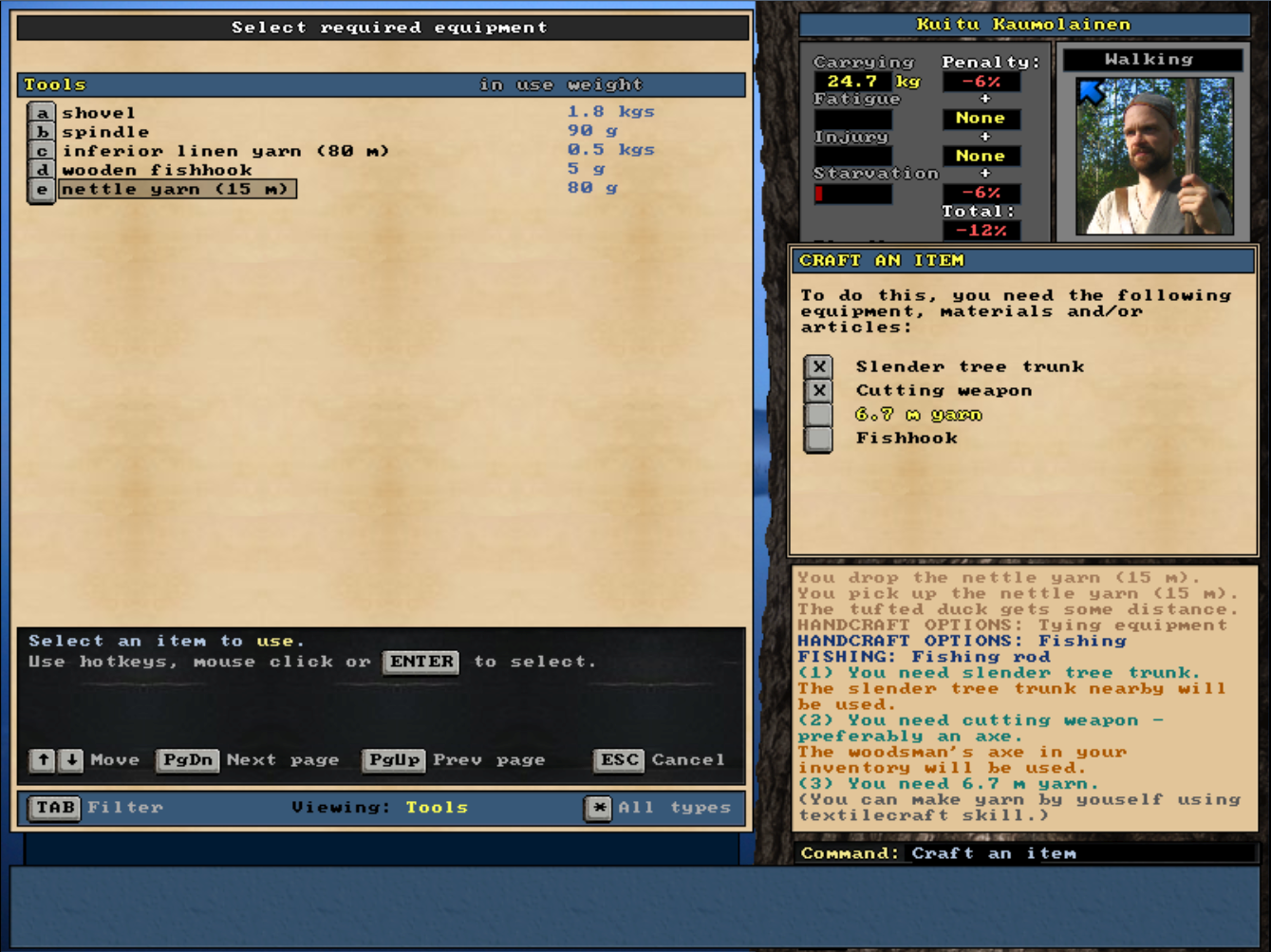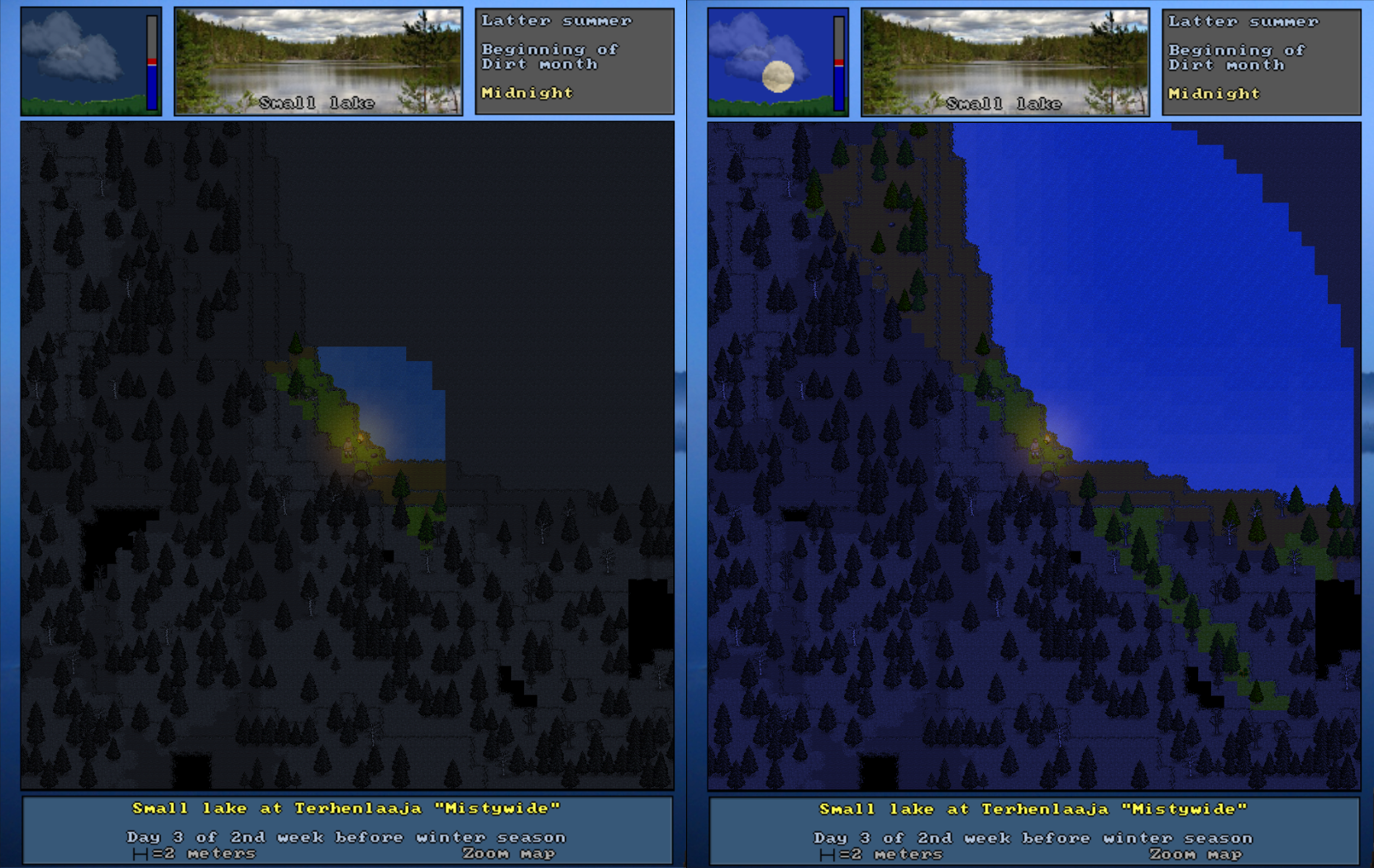
UnReal World - Enormous Elk
Once again we are taking part in the ongoing Halloween Kekri Sale with the pleasing numbers and haunting imagery. So let the new adventurers be respected with the discount, and the ancestral spirits with our special Kekri costumes and customs...
So, what does a decent developer of tradition rich game do to follow the tradition?
Yes. He dresses up as Kekripukki.
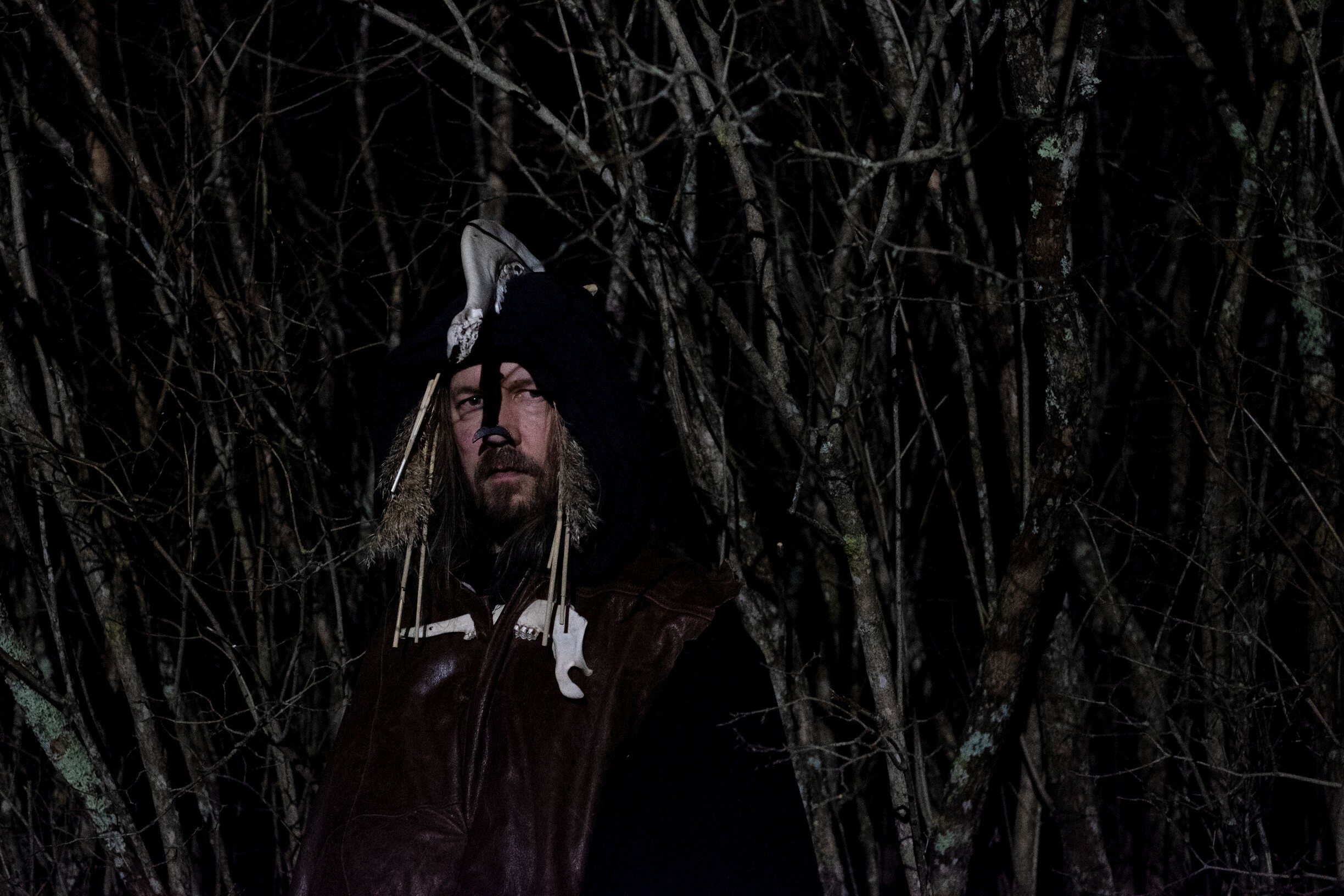
Well, hello there, any foods or drinks to offer? Some purchases will do as well.
All in all, now just celebrate and participate in the festivities at this special time of the year.
:urw_sage::urw_fire::urw_tree:
It's Kekri, not halloween, in the Far North.
Kekri is an ancient Finnish harvest festival celebrated in the fall when the annual agricultural activities were all accomplished and the harvest collected. Kekri meant the end of the crop year, which was a big turning point. It was the time when the souls and spirits of the dead wandered around and visited the living. The ancestors were respected and welcomed. Sauna was heated up for them, and meal prepared too. The living celebrated accordingly, and so do we. Kekri Goat
Kekri time included tradition of Kekripukki (Kekri goat) figure. People would dress up as horned creatures, wearing furs or coats upside down, and went around in their disguises and were offered food and drink. So, what does a decent developer of tradition rich game do to follow the tradition?
Yes. He dresses up as Kekripukki.

Well, hello there, any foods or drinks to offer? Some purchases will do as well.
Kekri-themed title screen
Again this year the we have launched a special Kekri-themed game title screen for duration of this sale & festivity period. The theme screen becomes live shortly after this annoucement, so allow the game to update and enter UnReal World for more haunting imagery.Celebrate & Participate
We wish you happy Kekri time - or happy Halloween if that suits you better.All in all, now just celebrate and participate in the festivities at this special time of the year.
:urw_sage::urw_fire::urw_tree:




